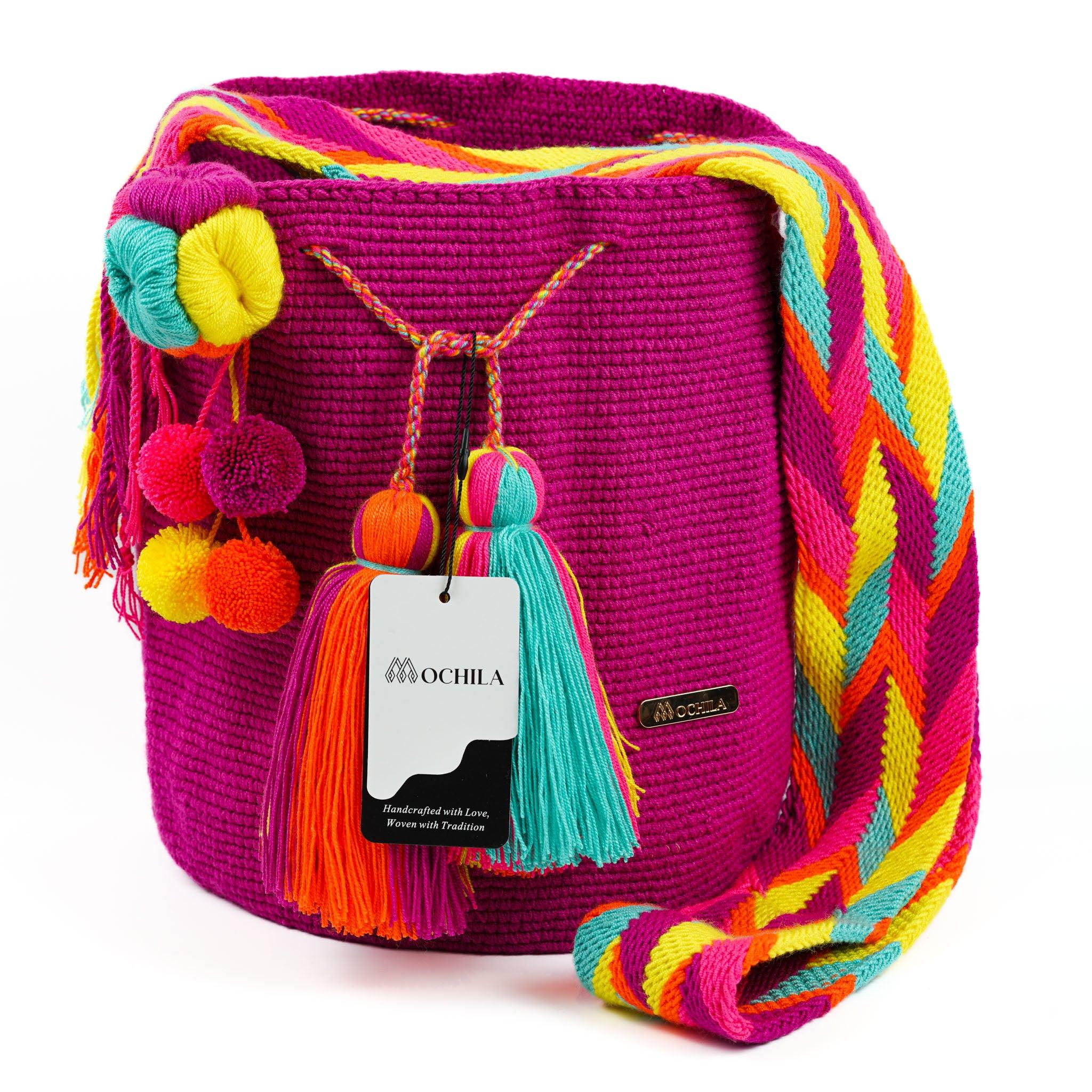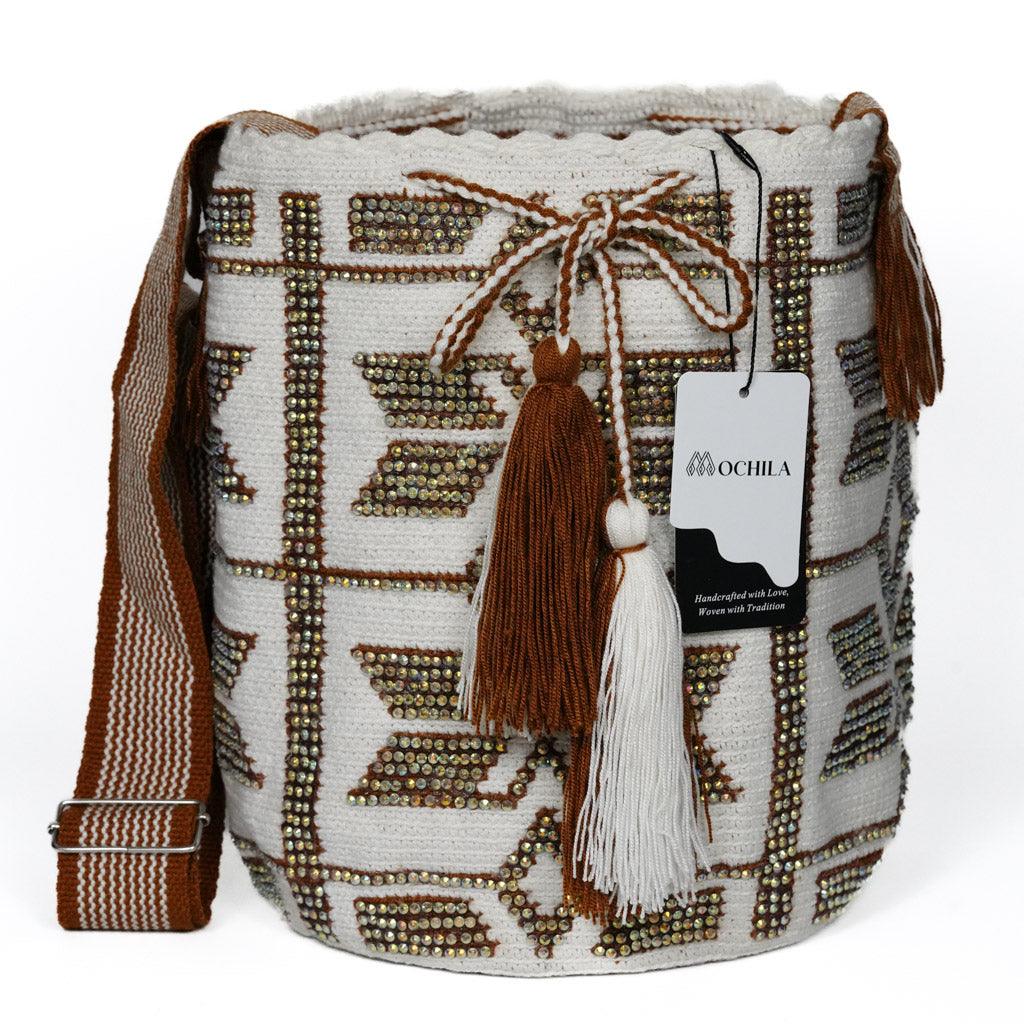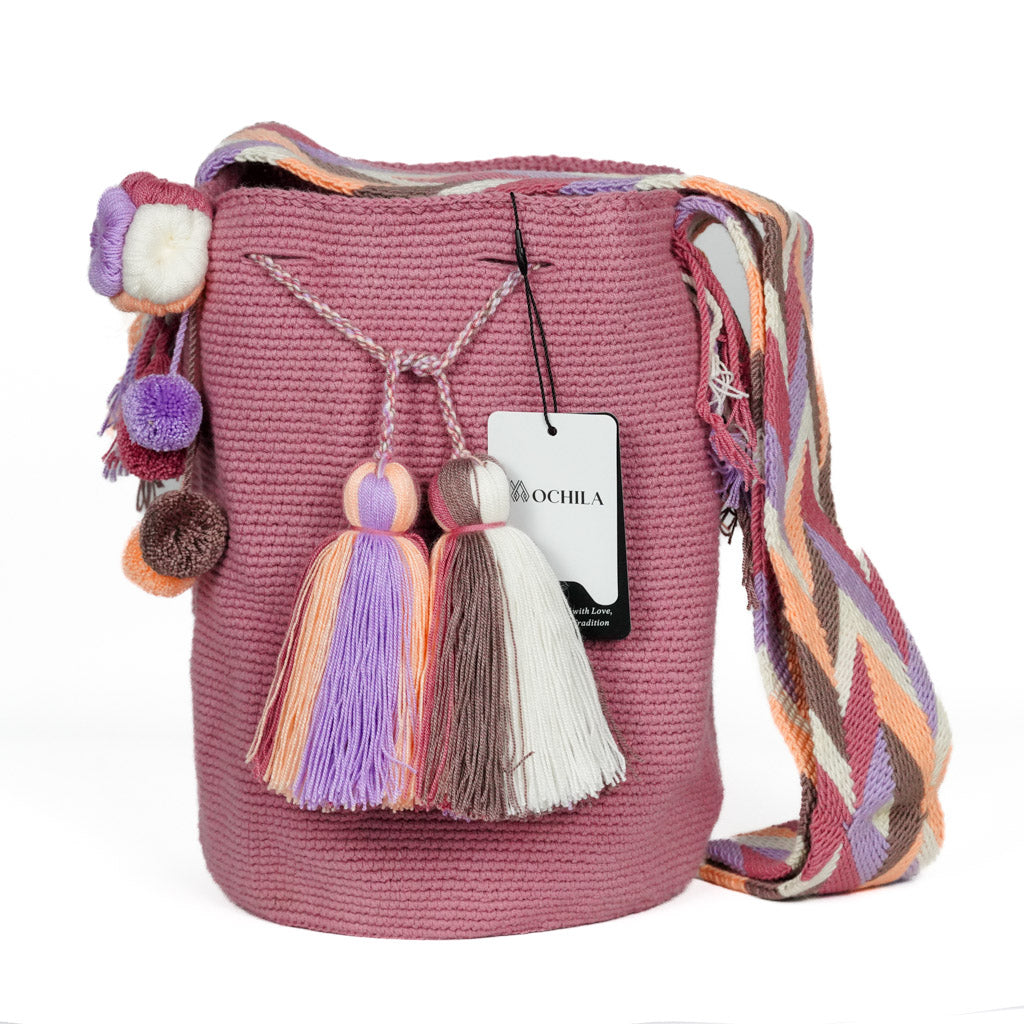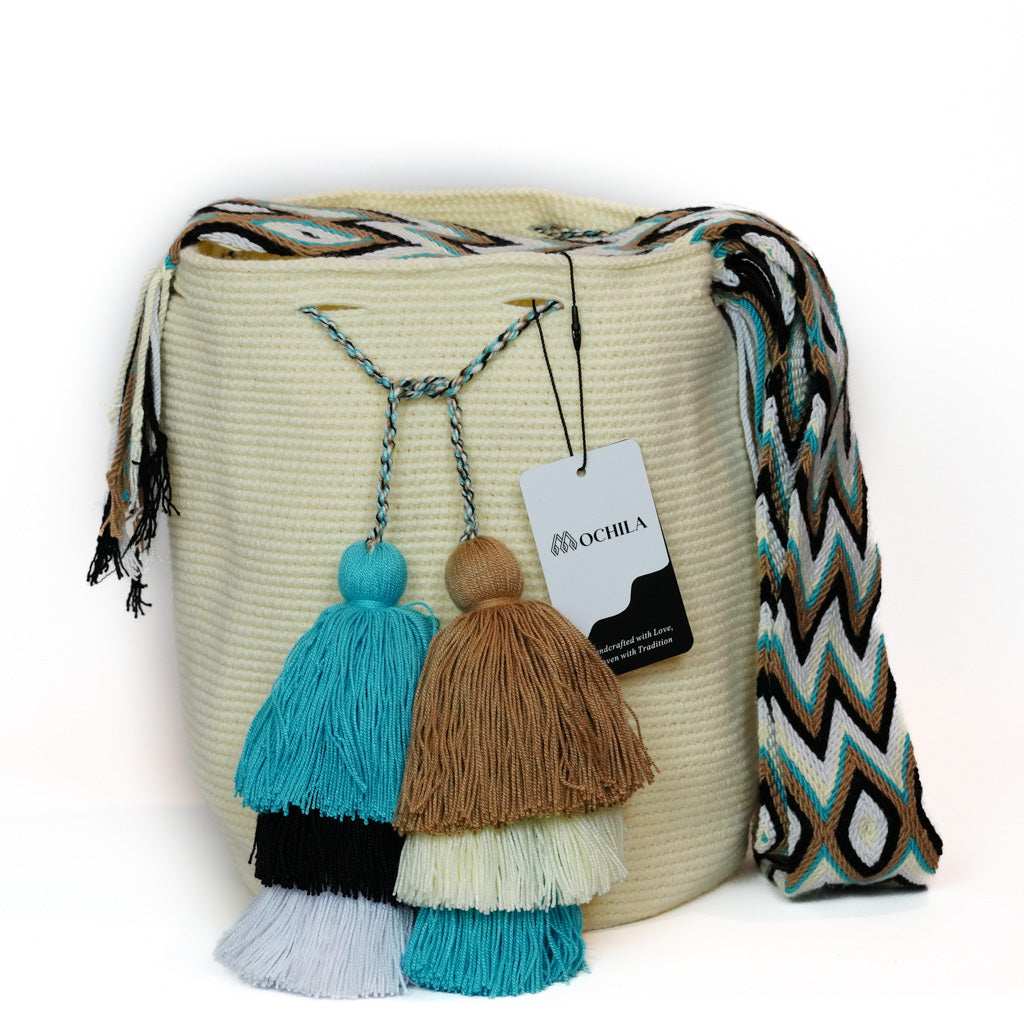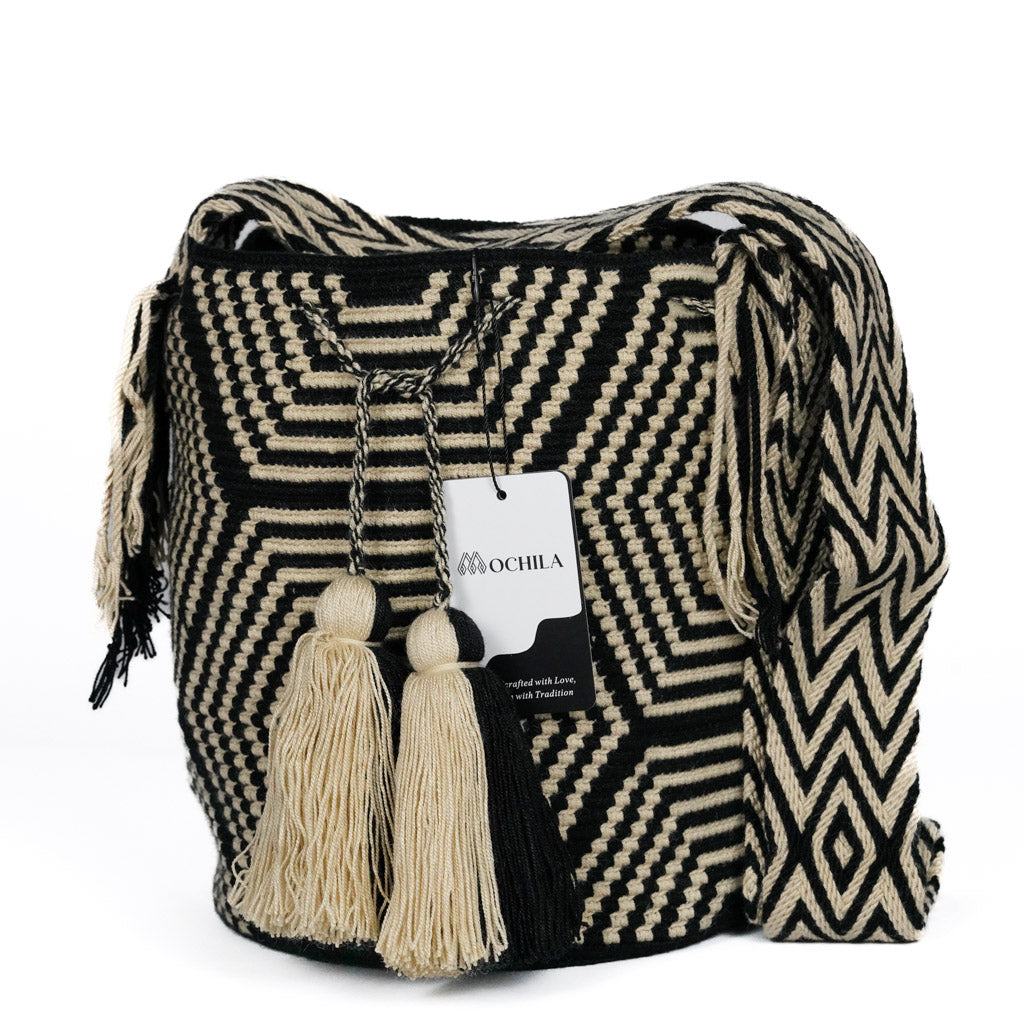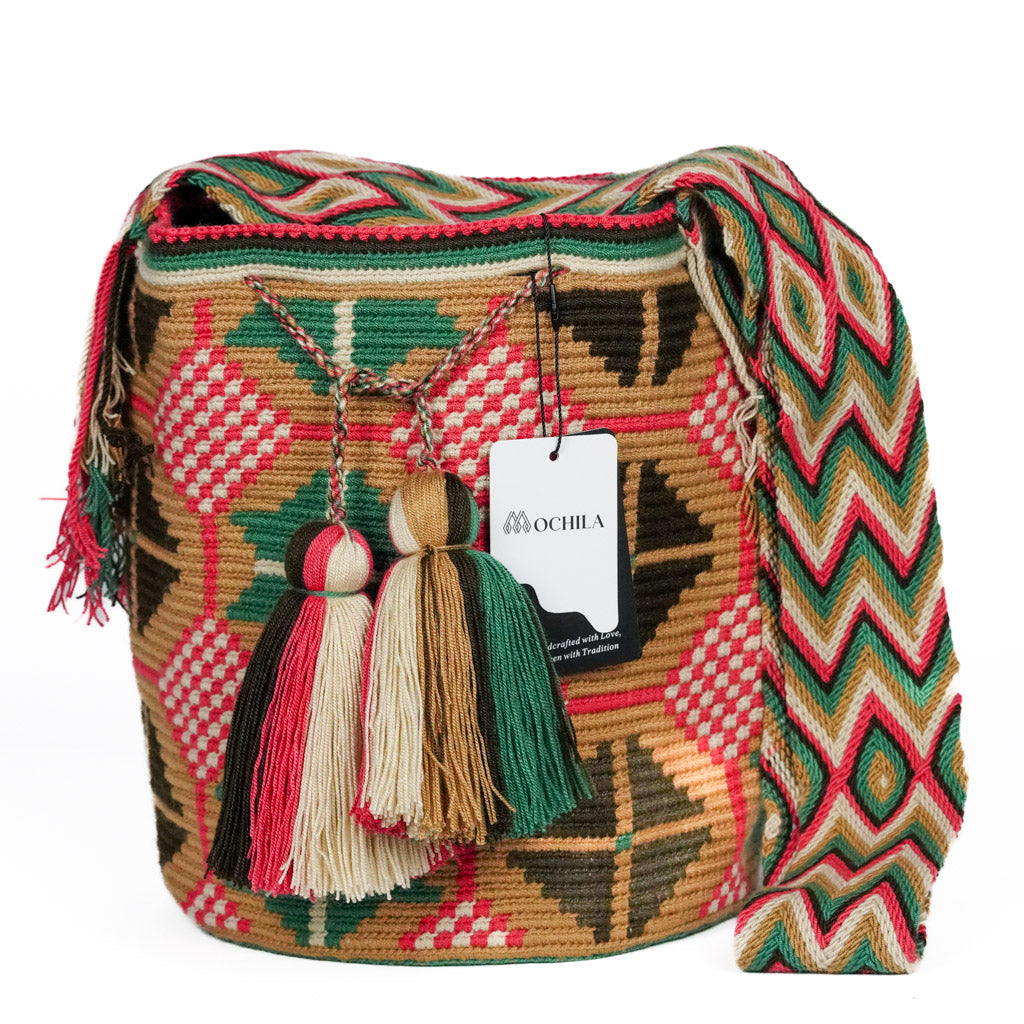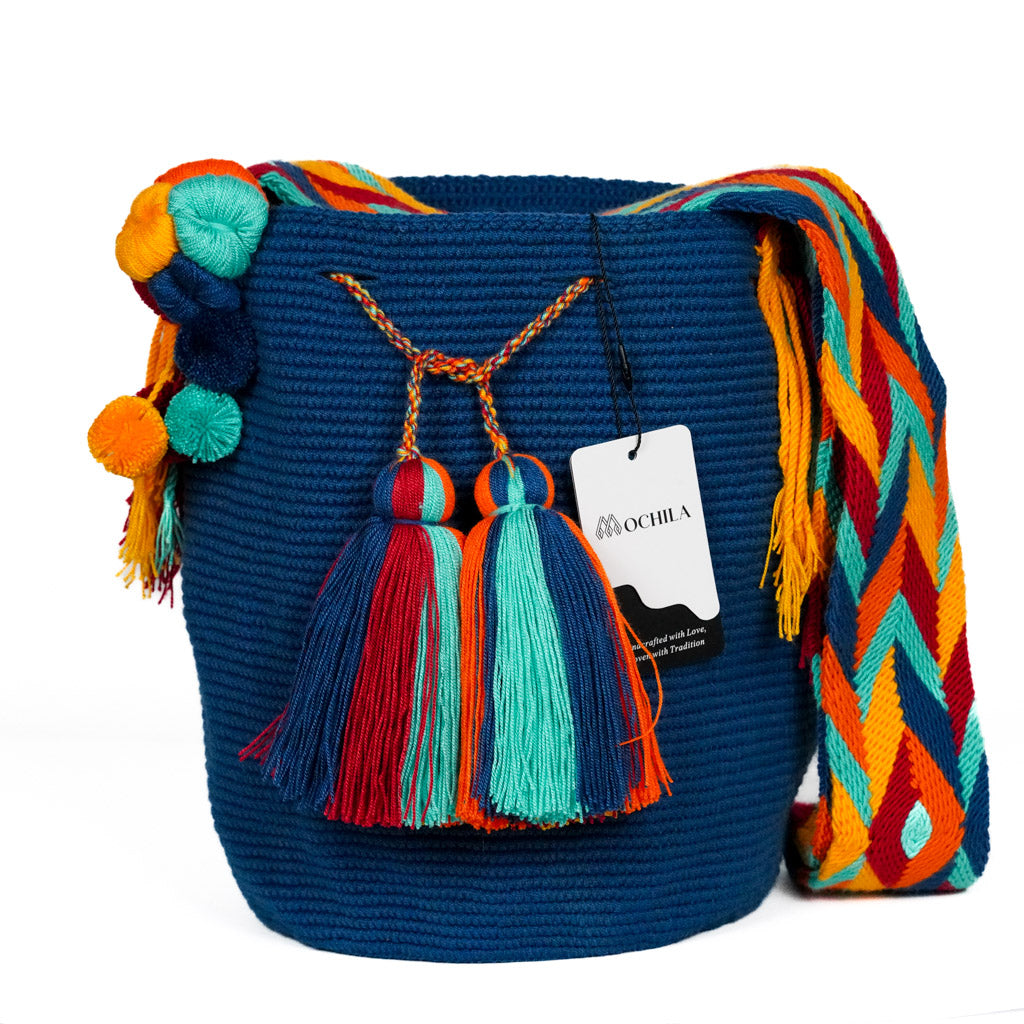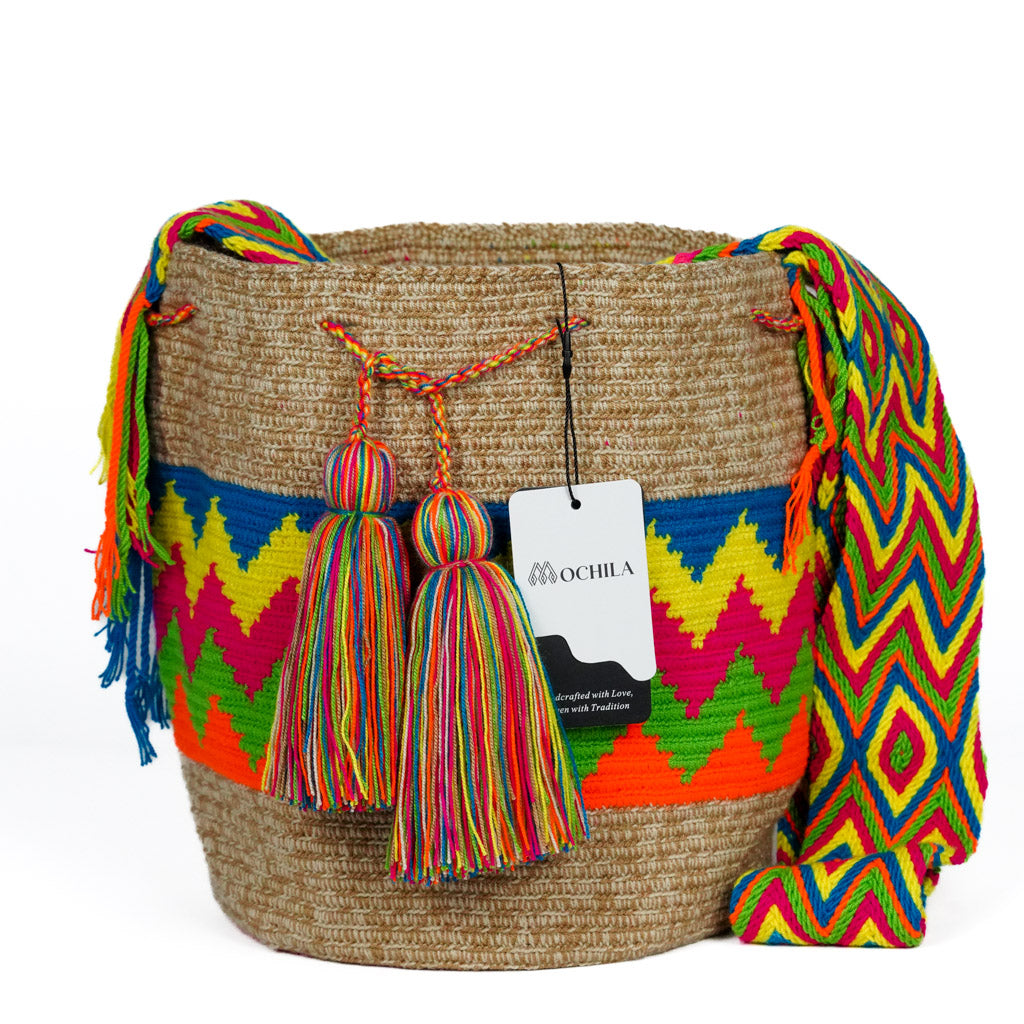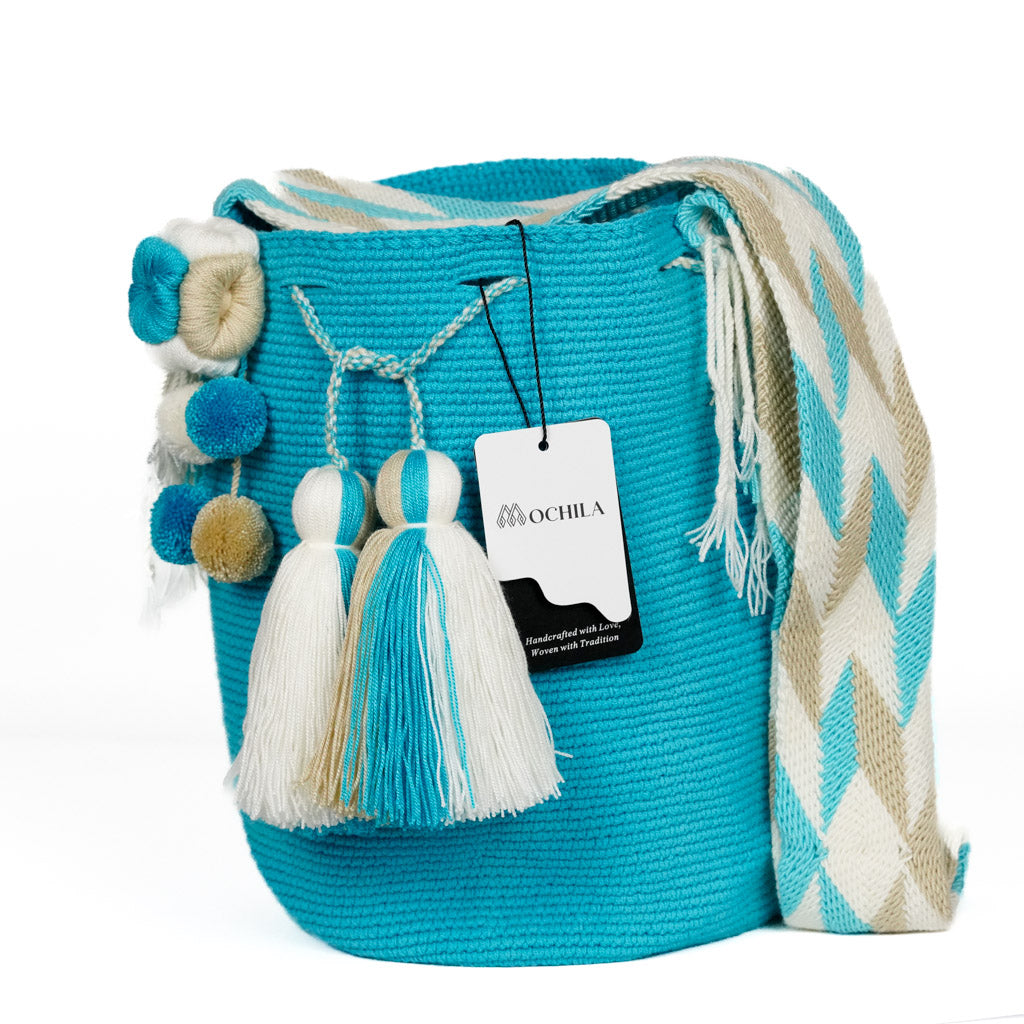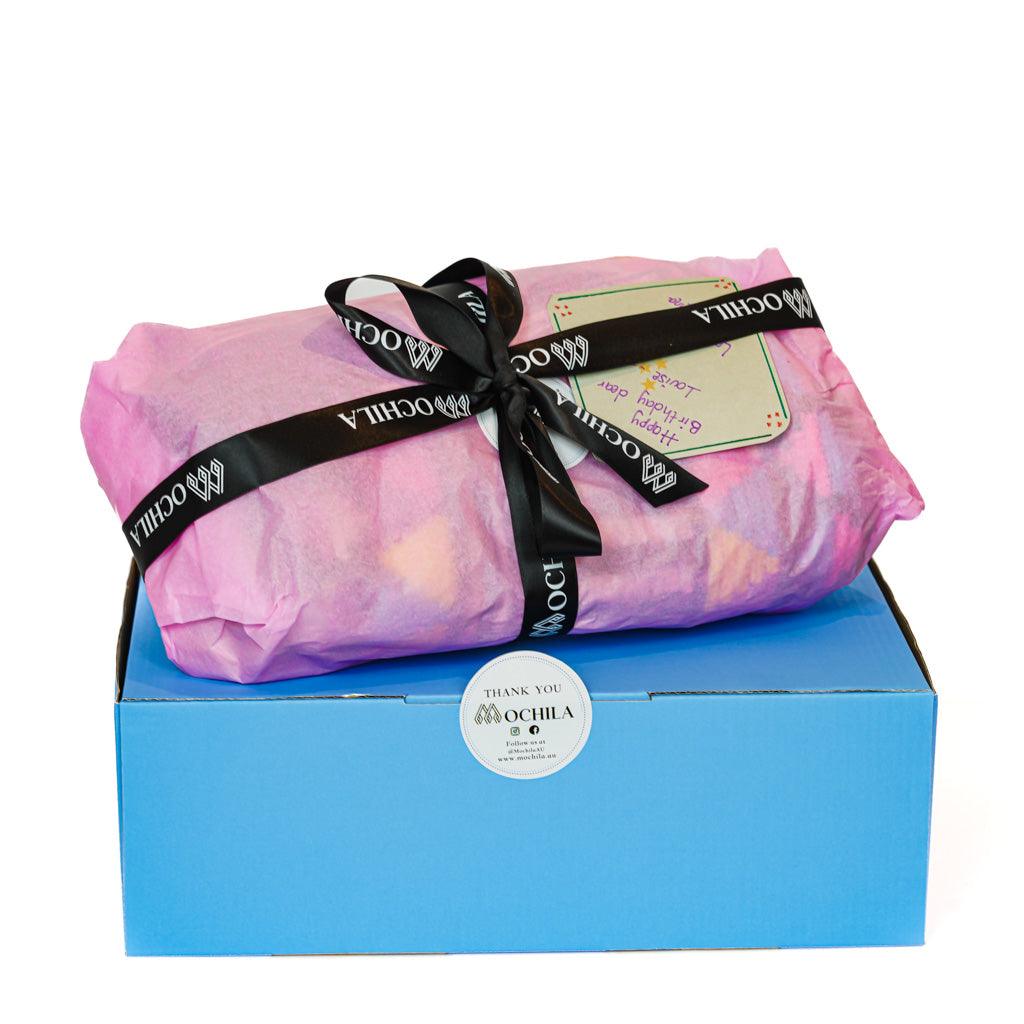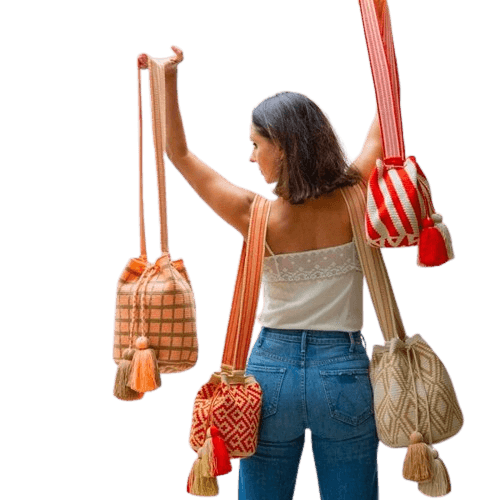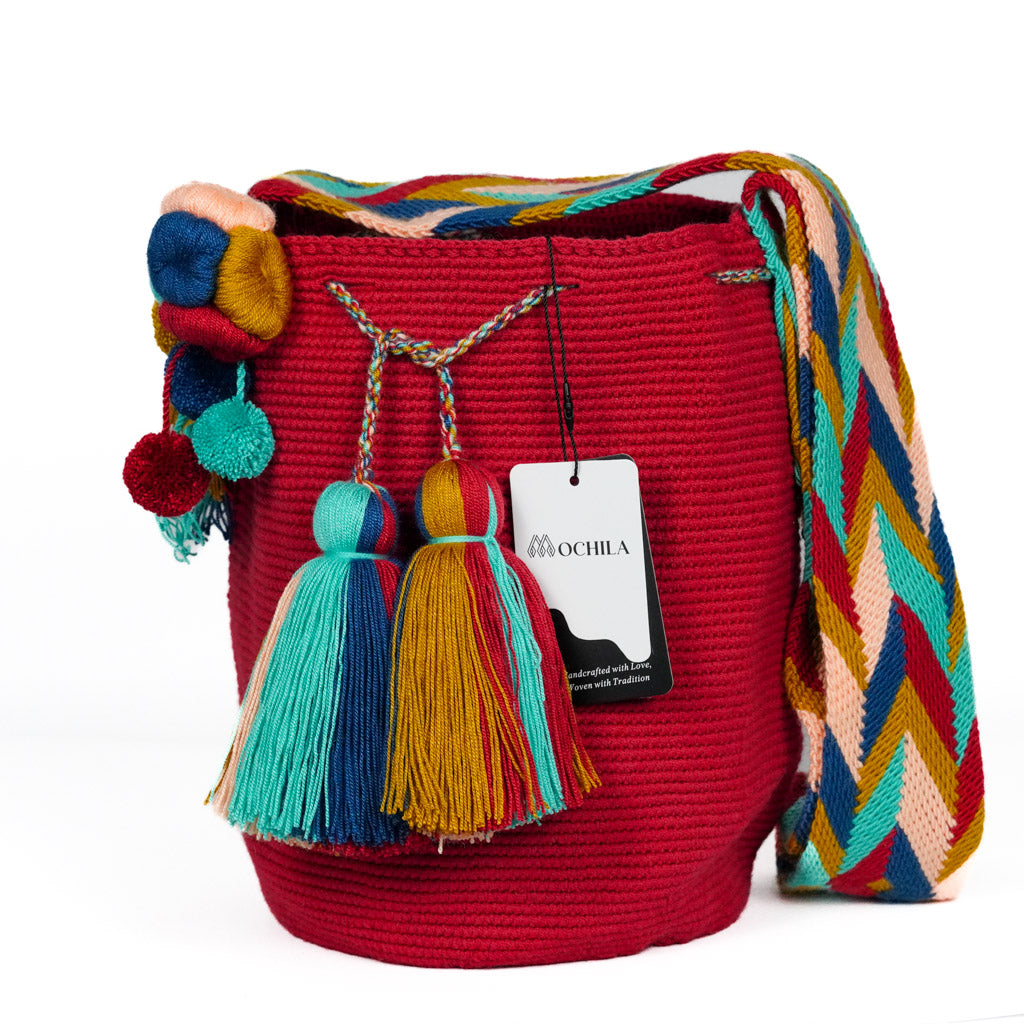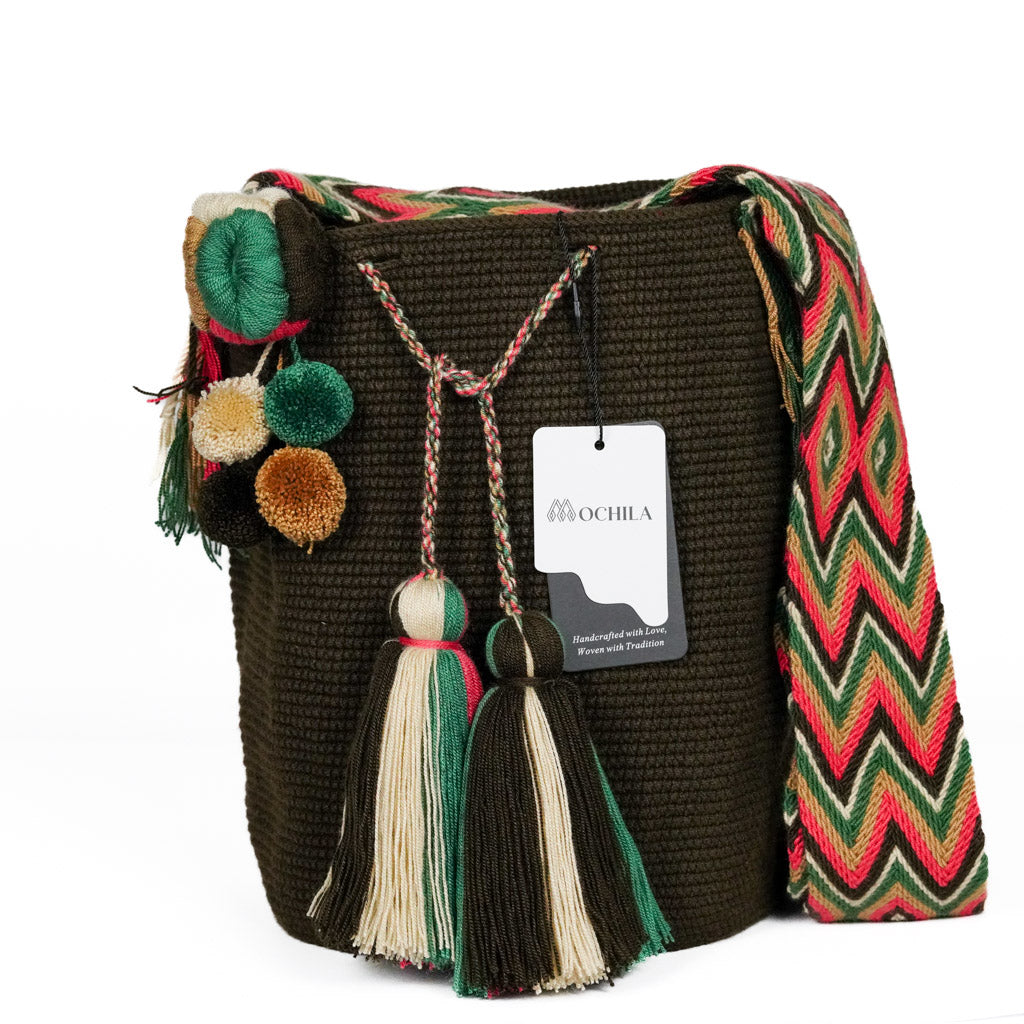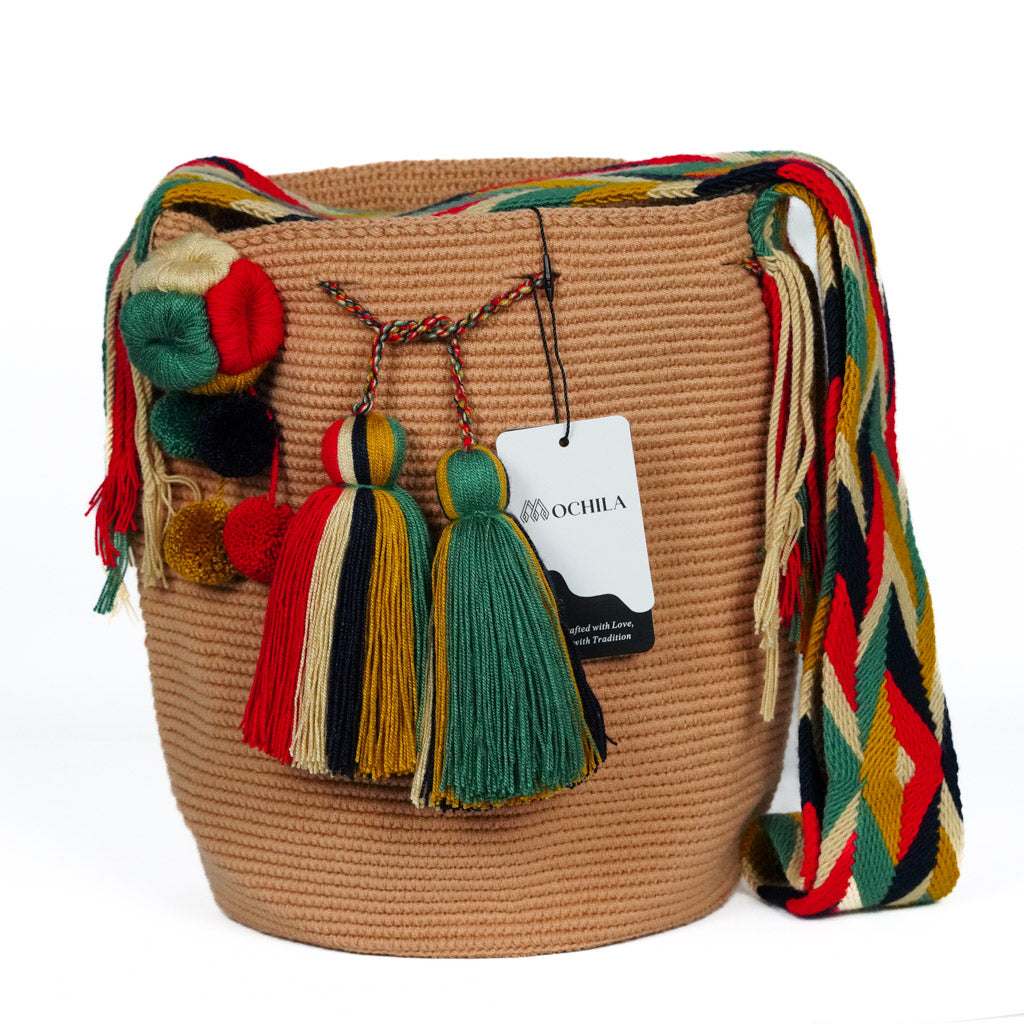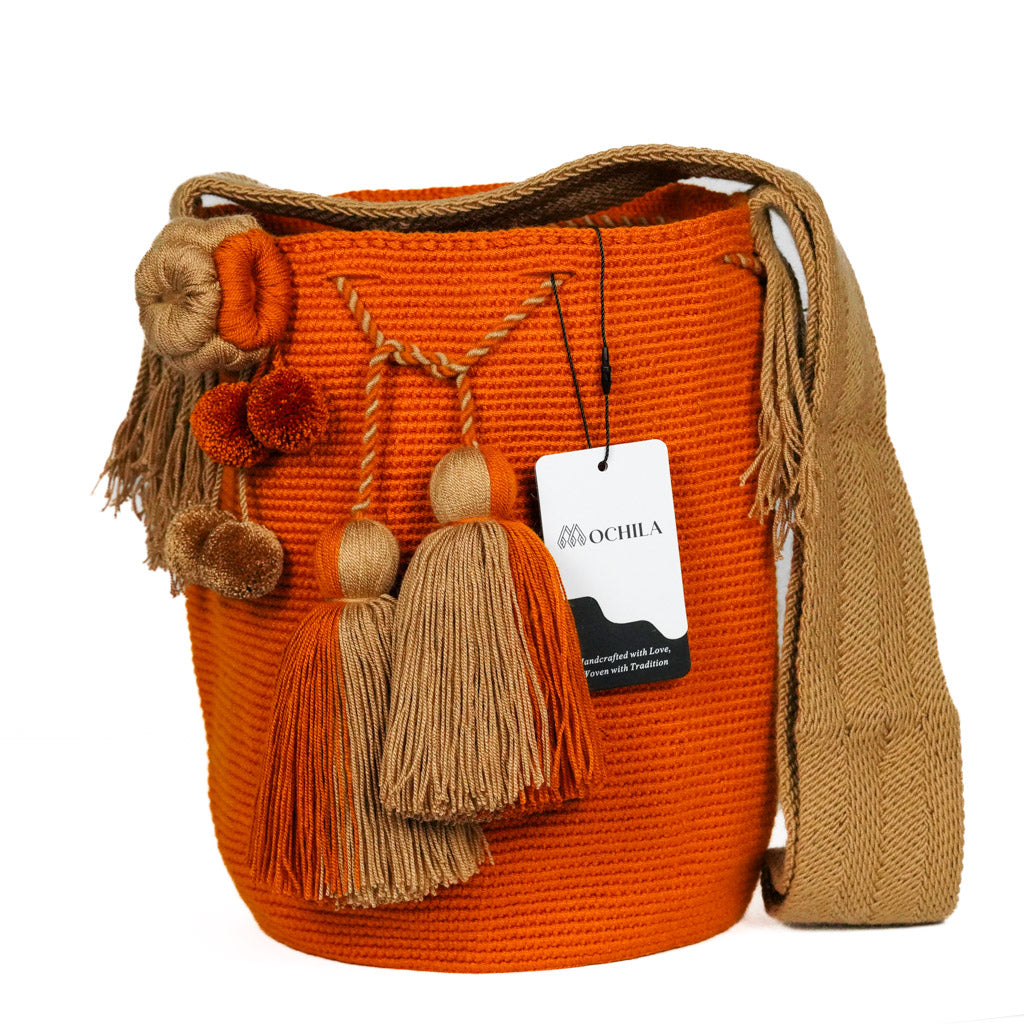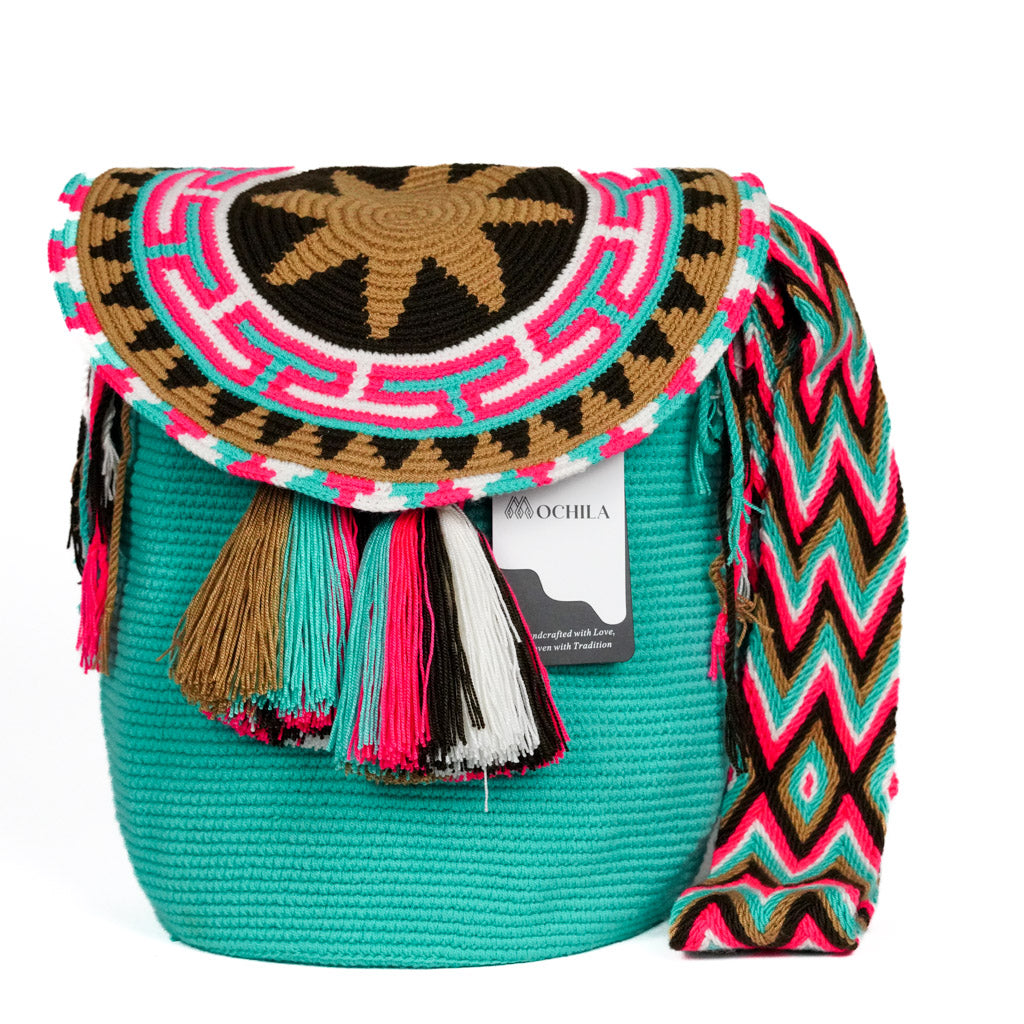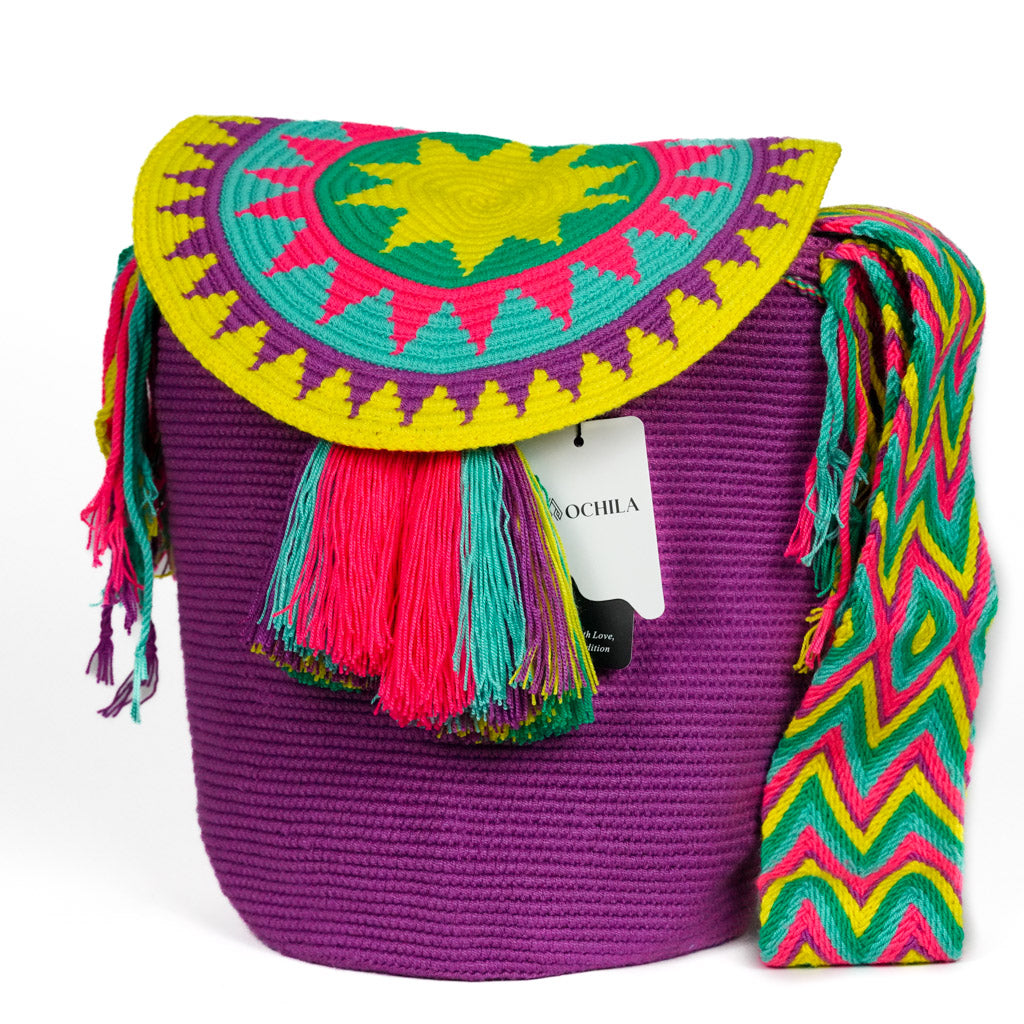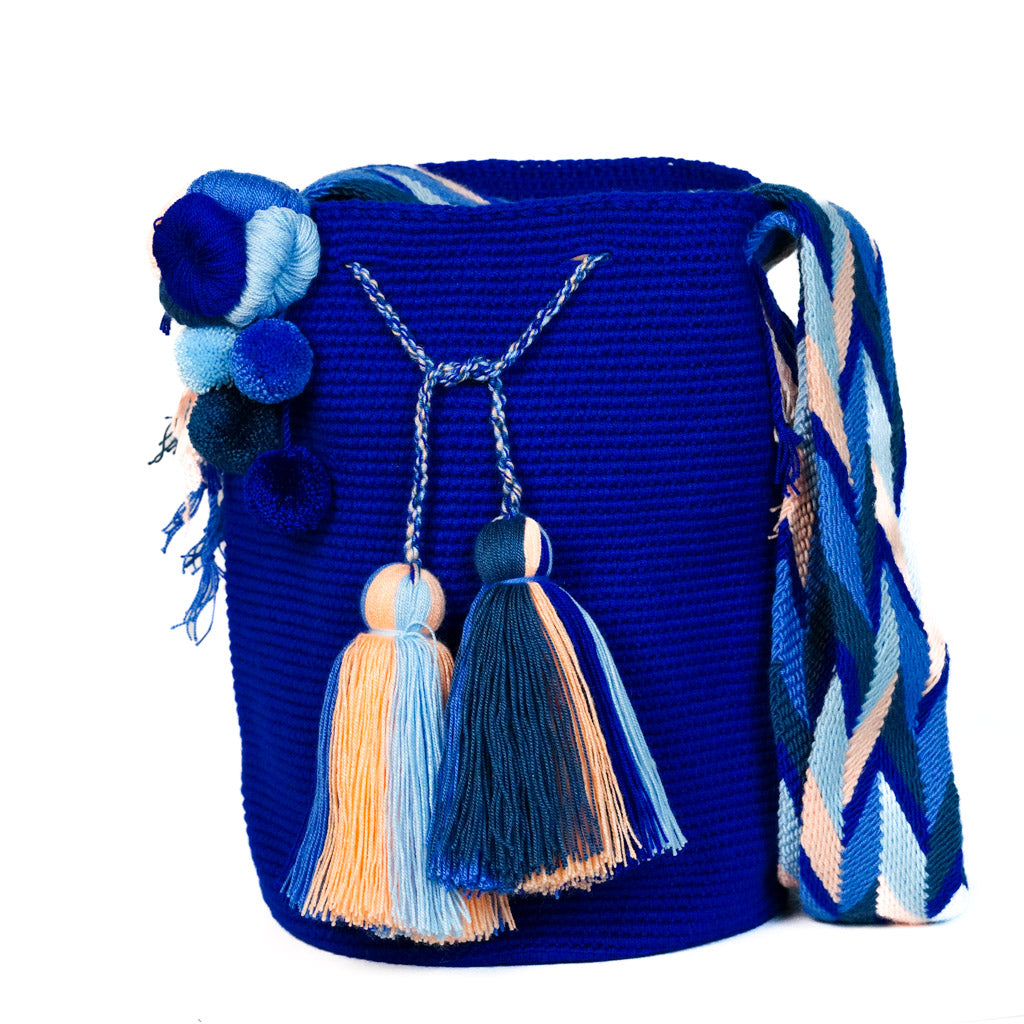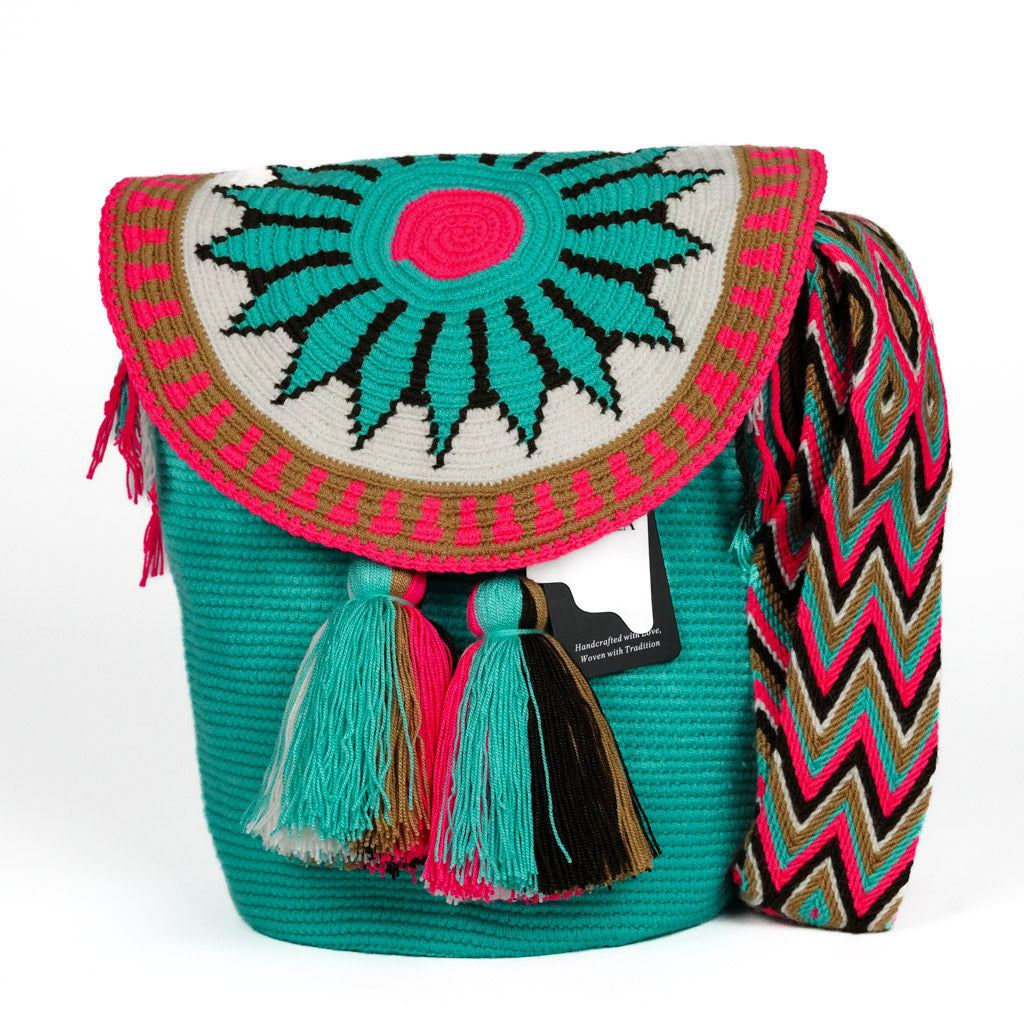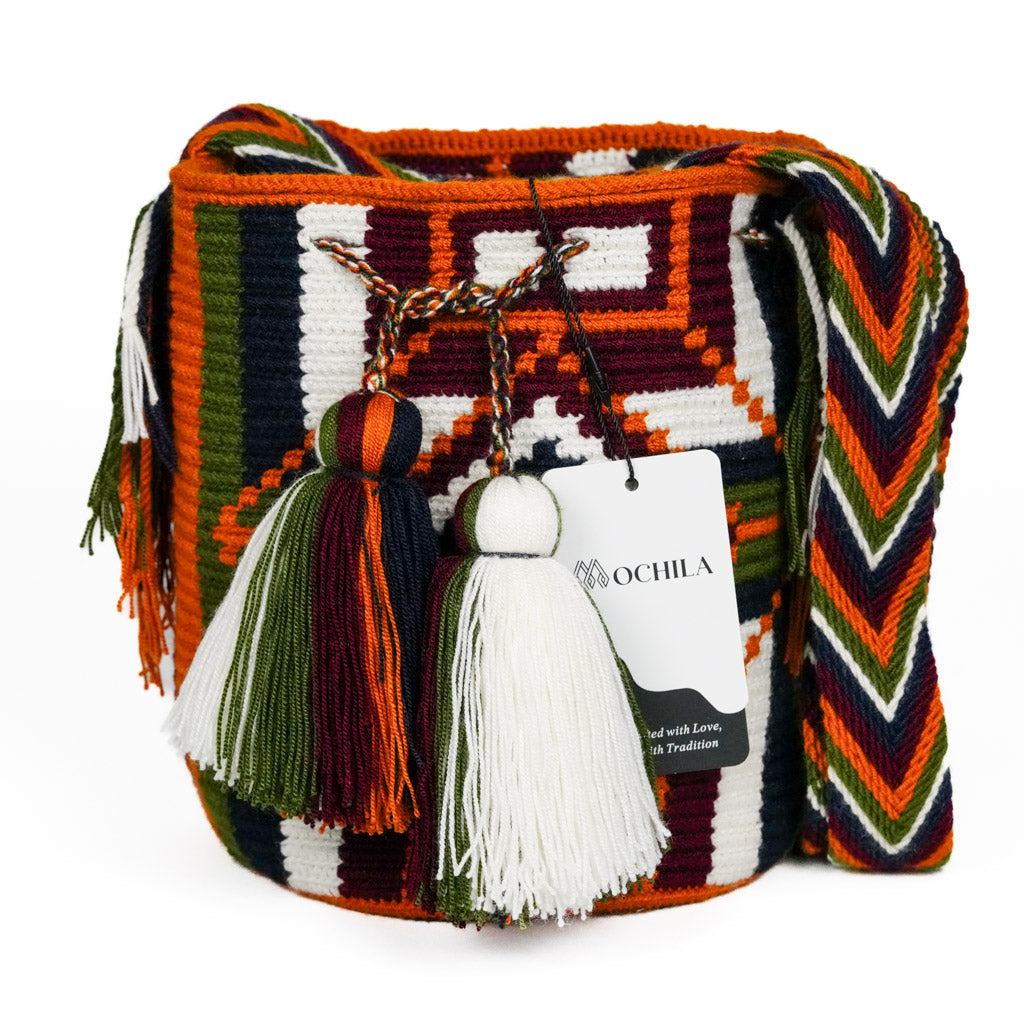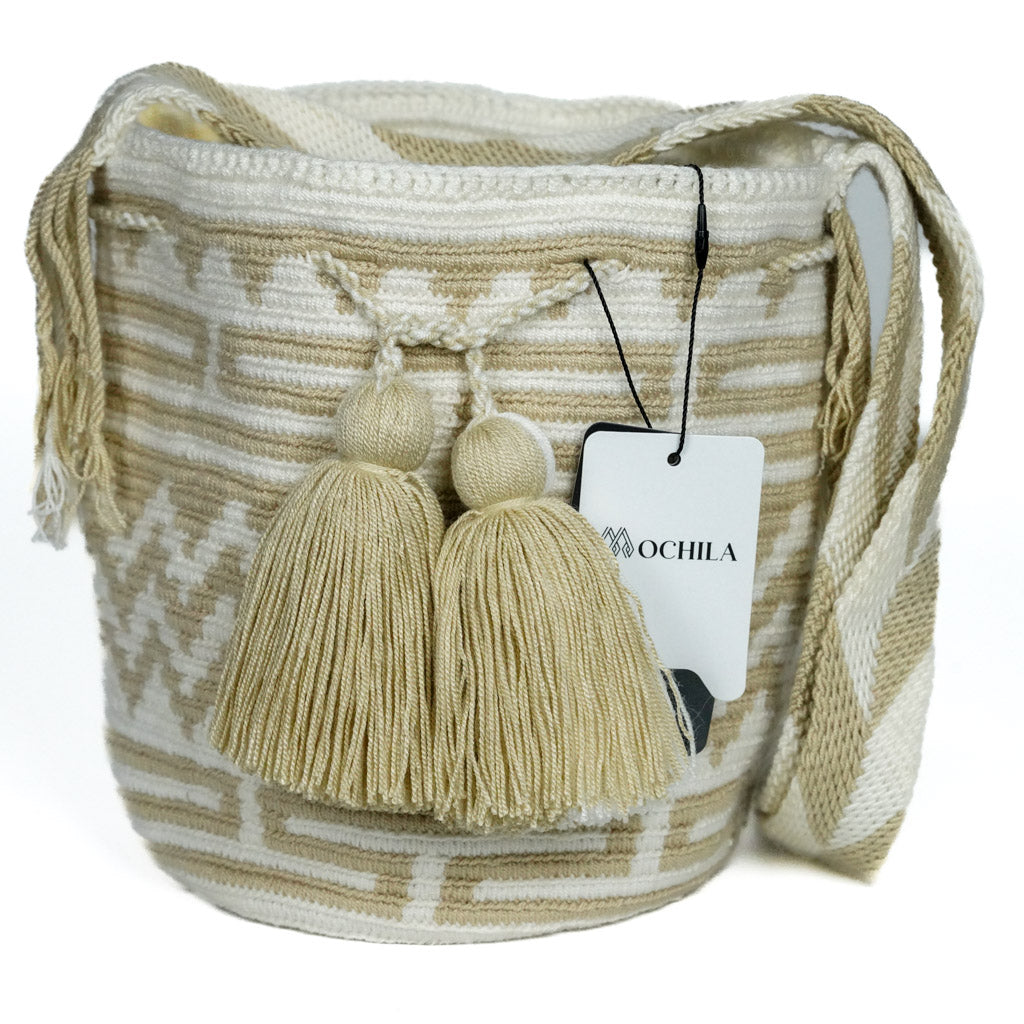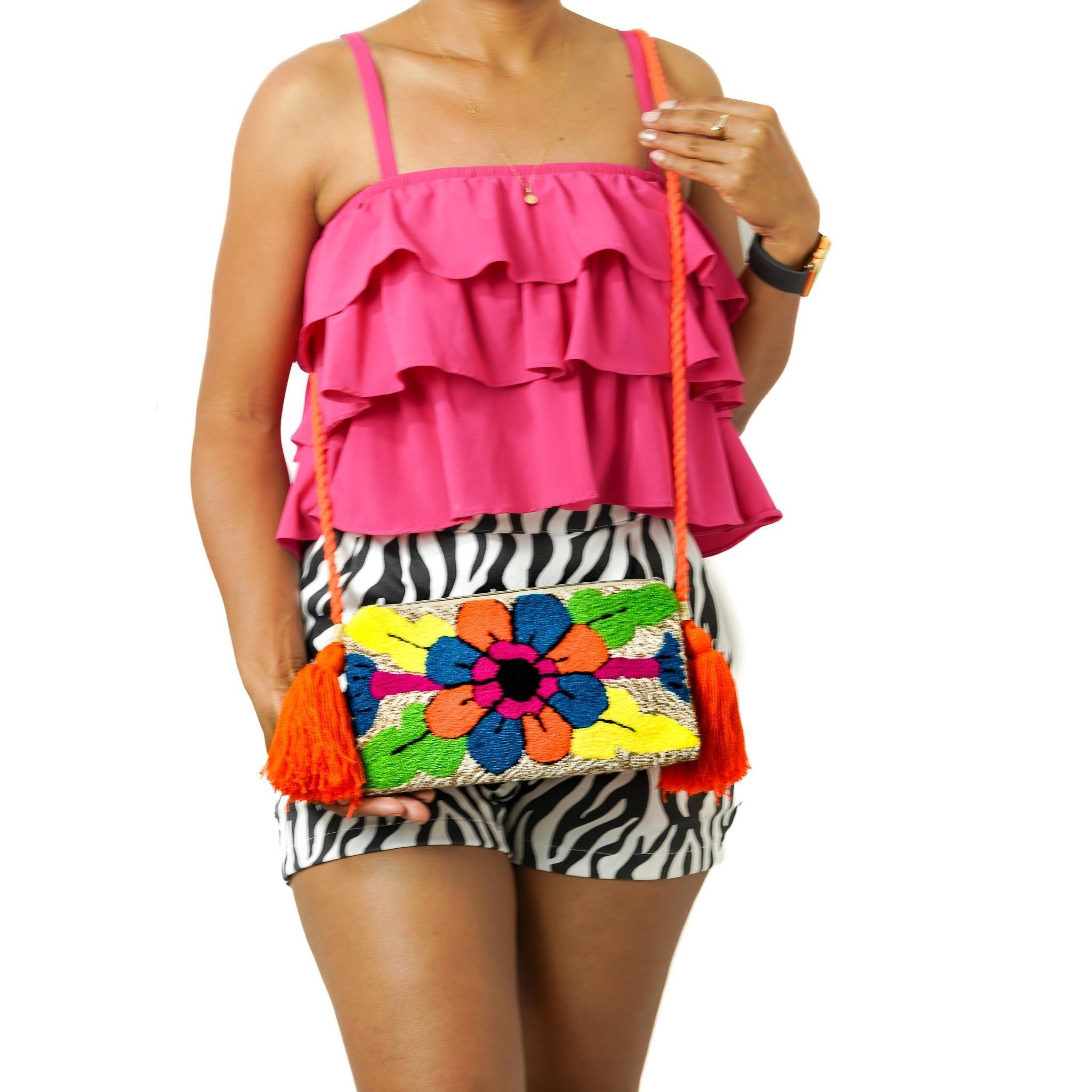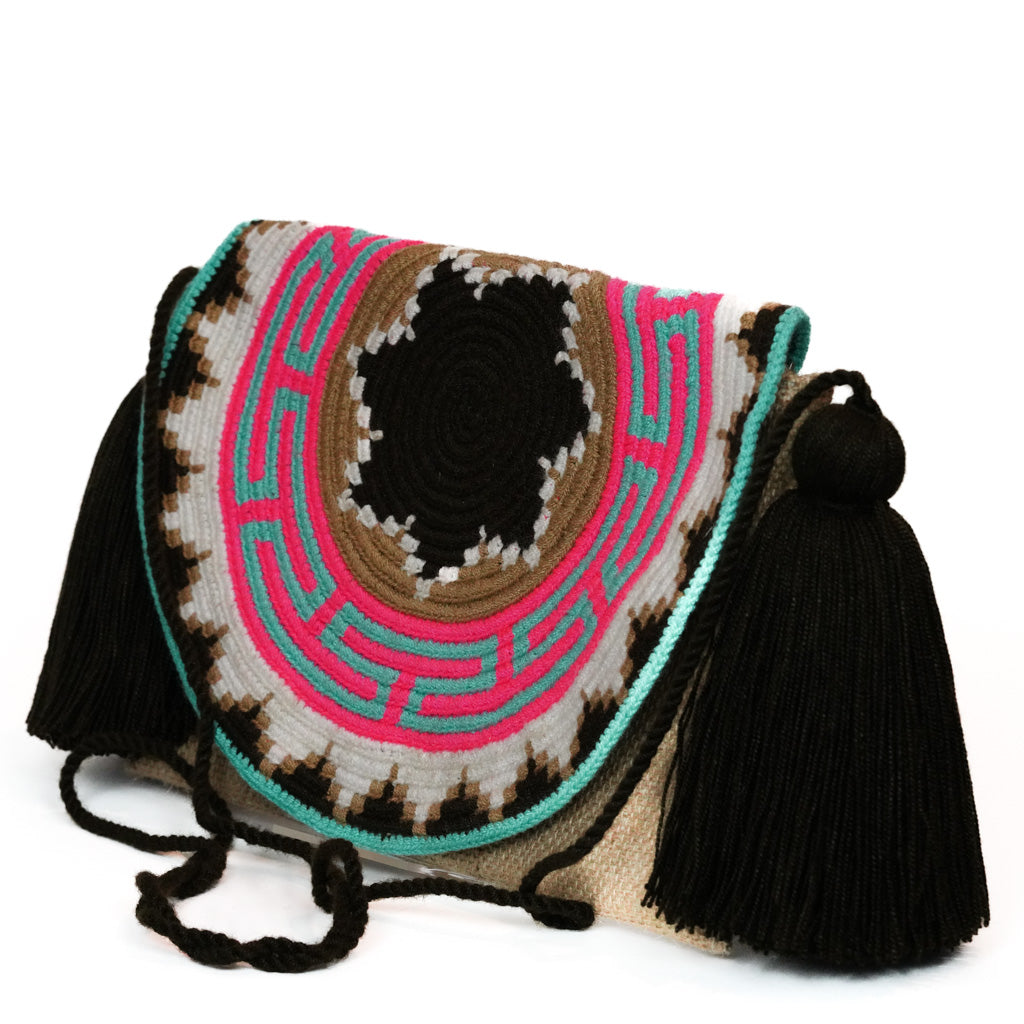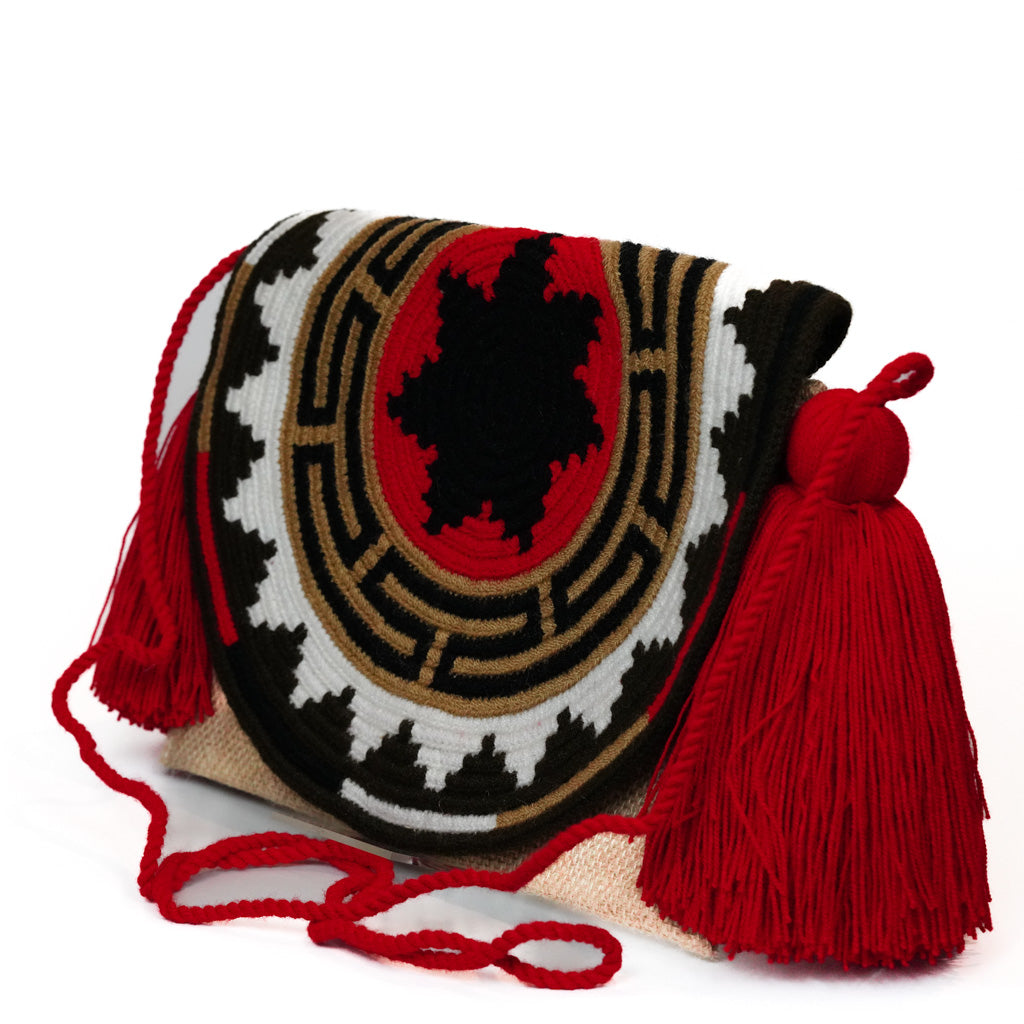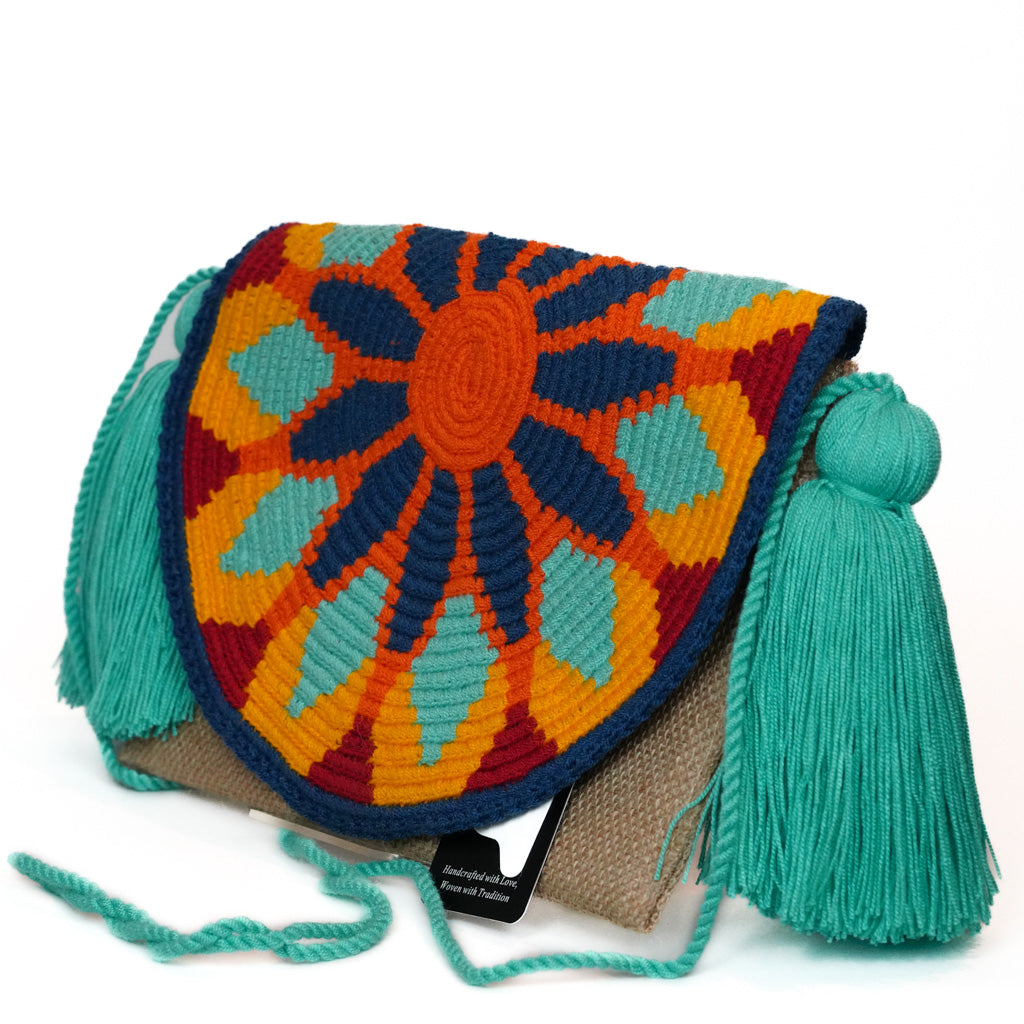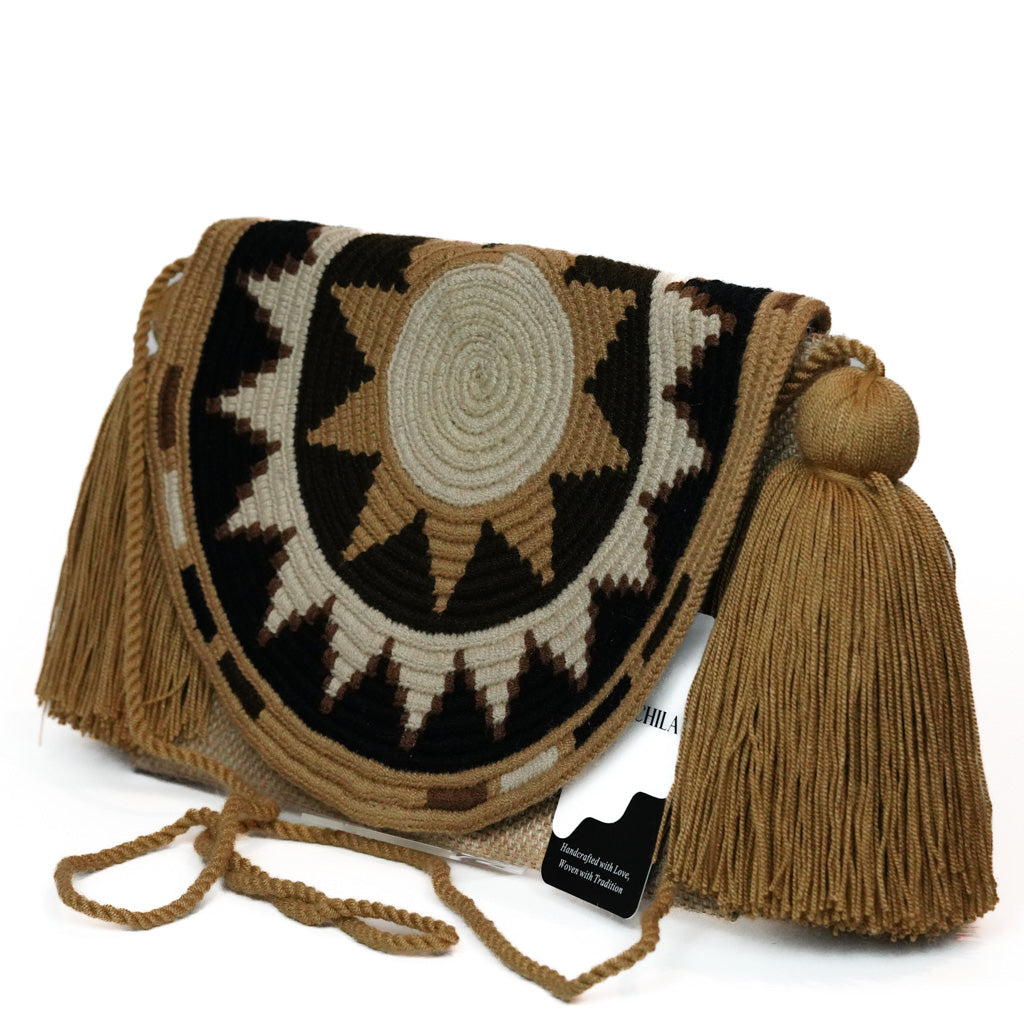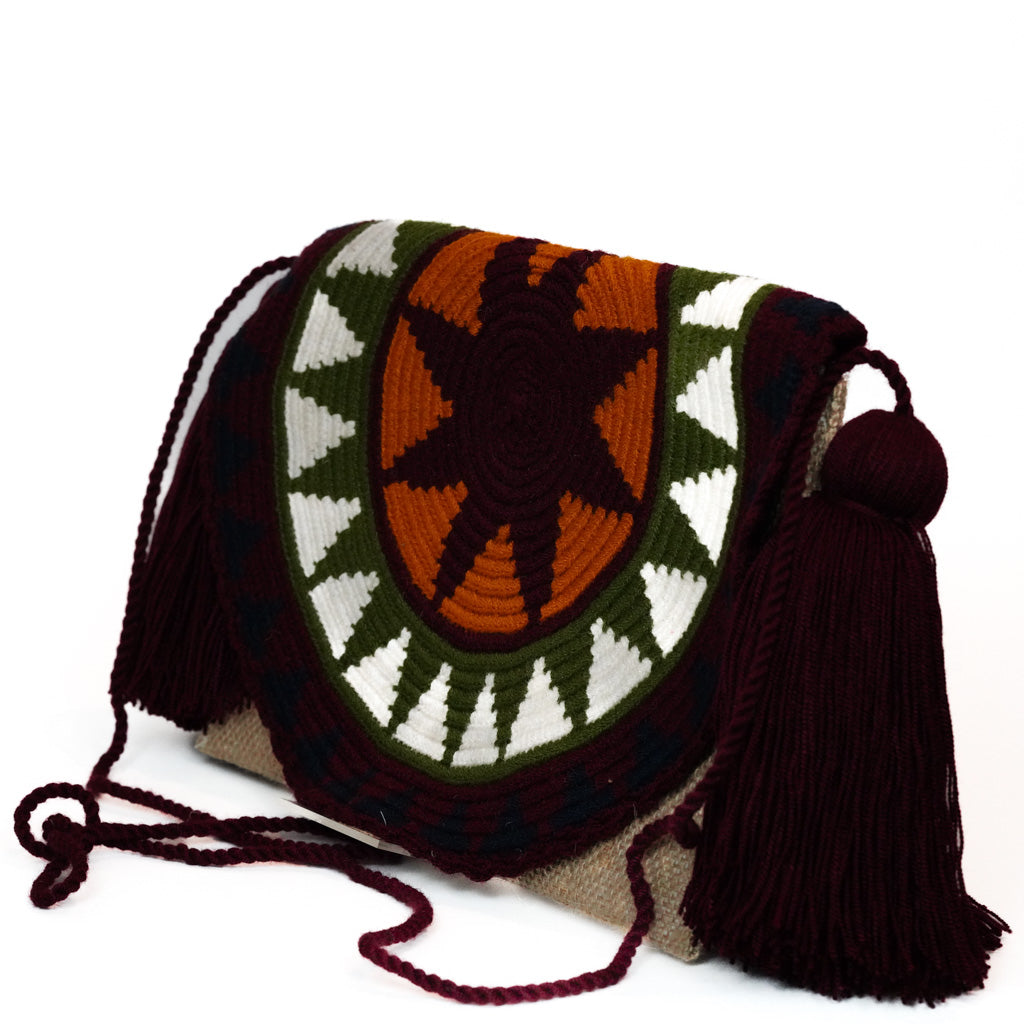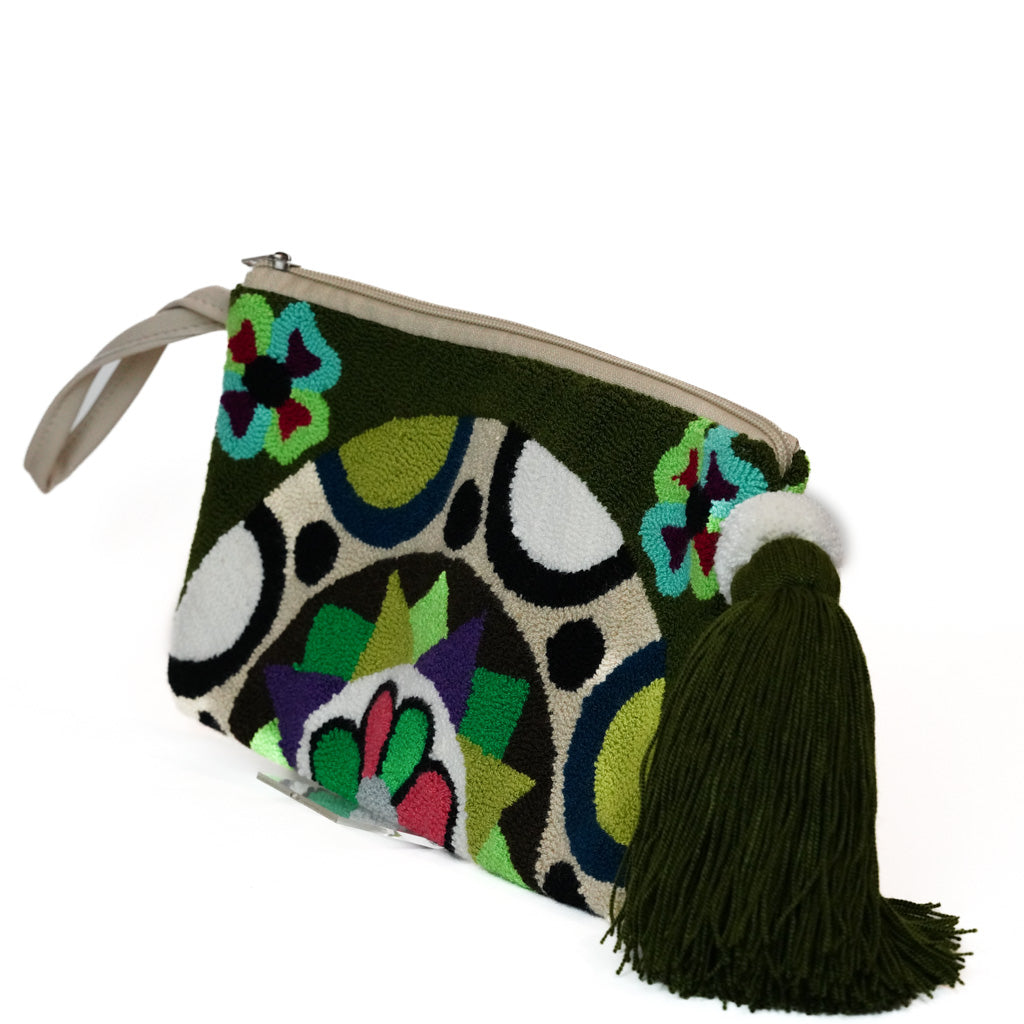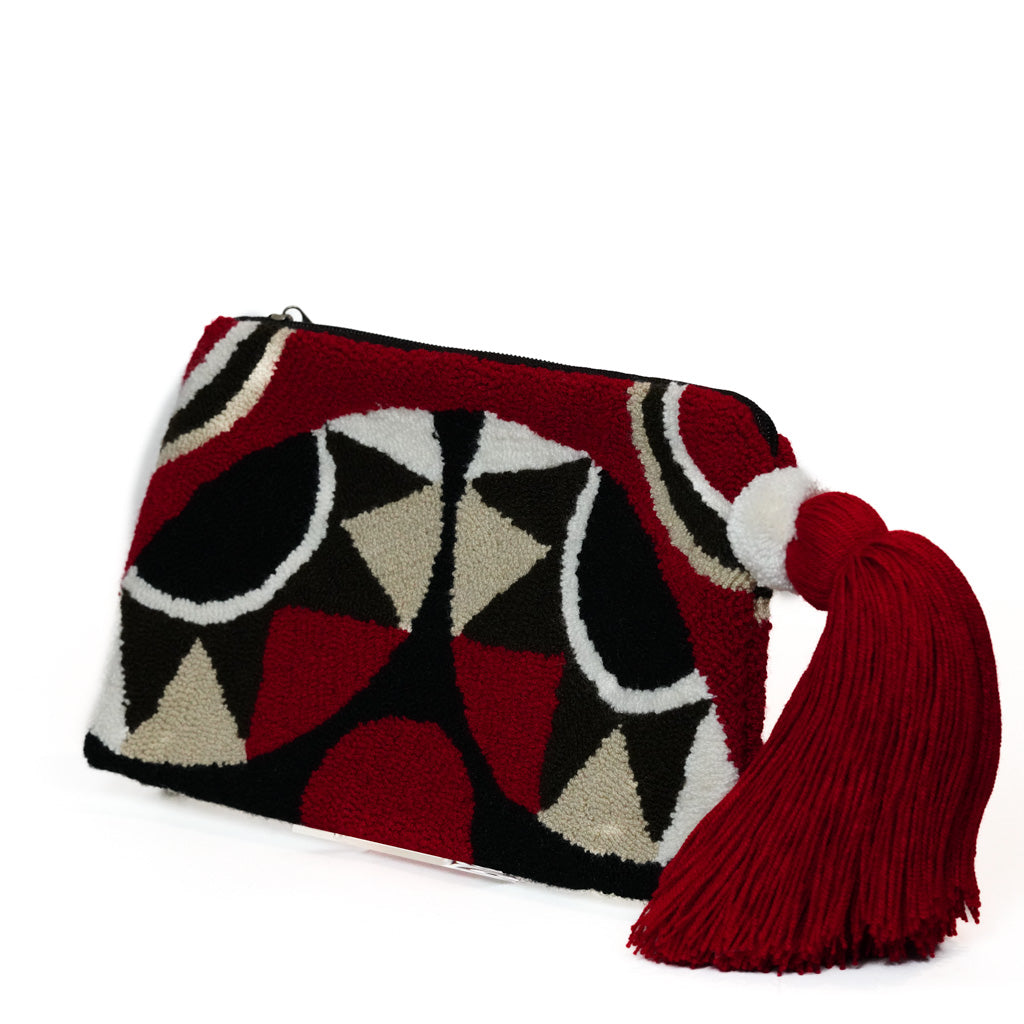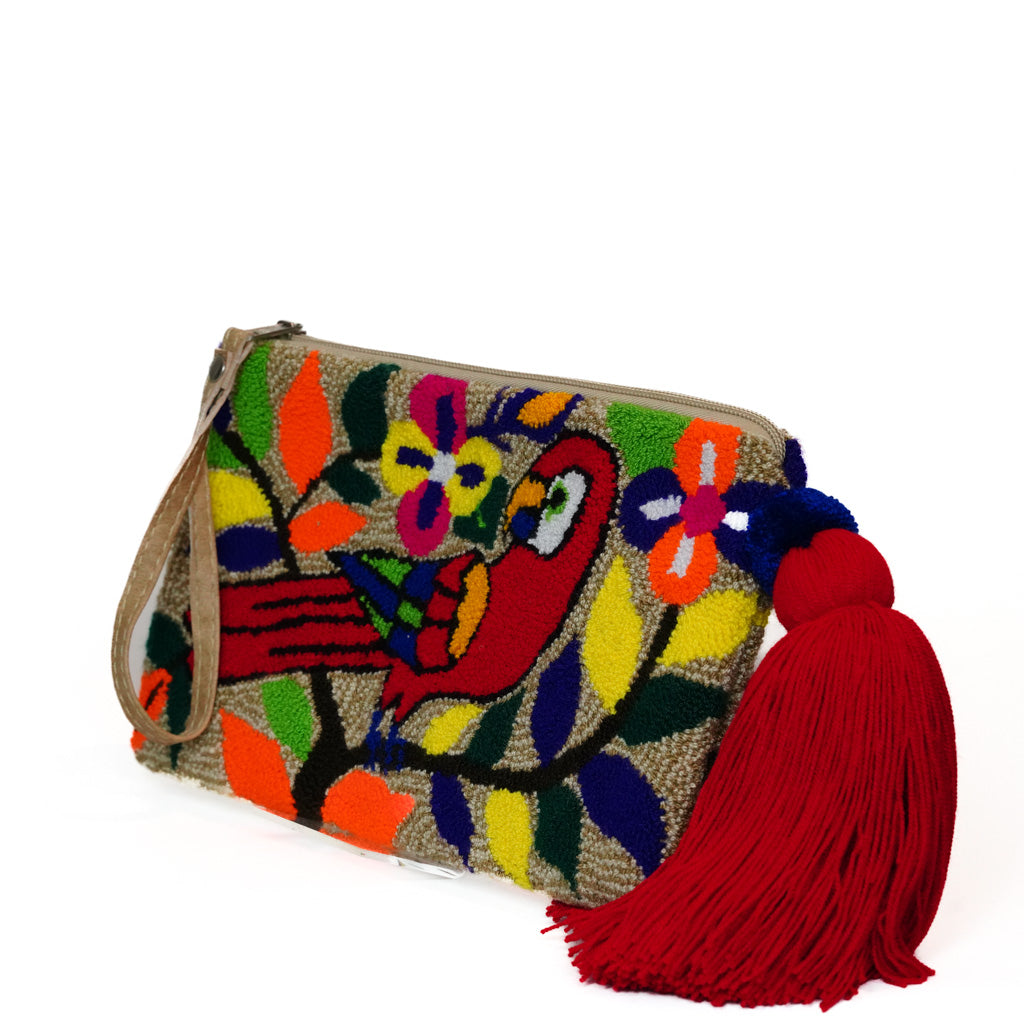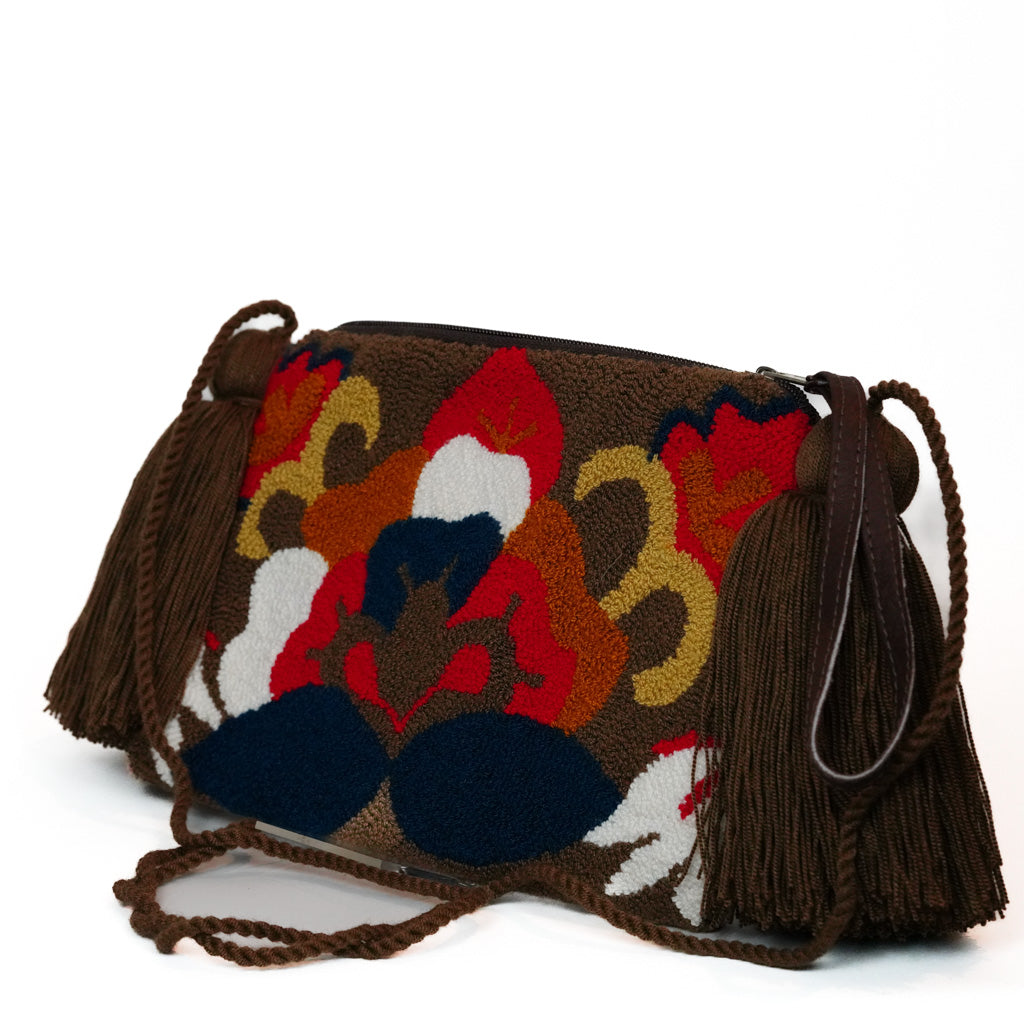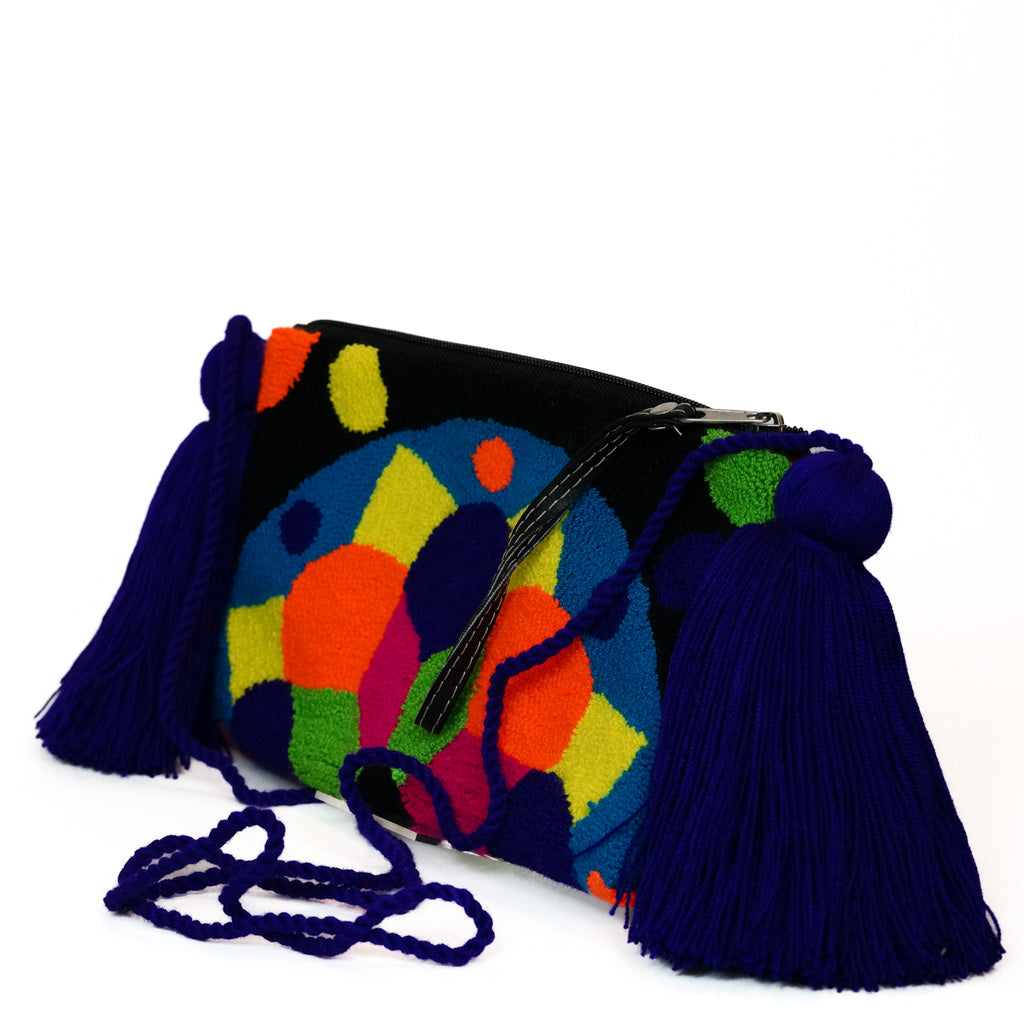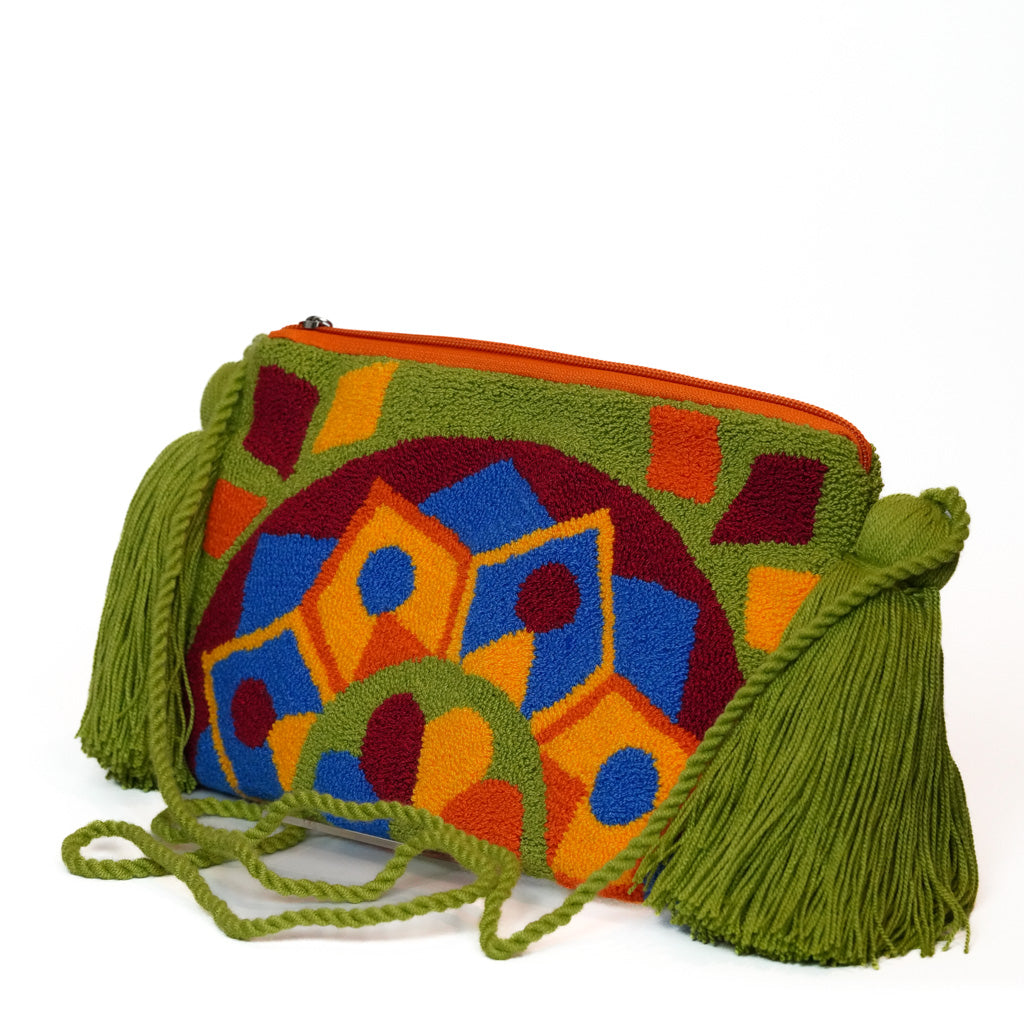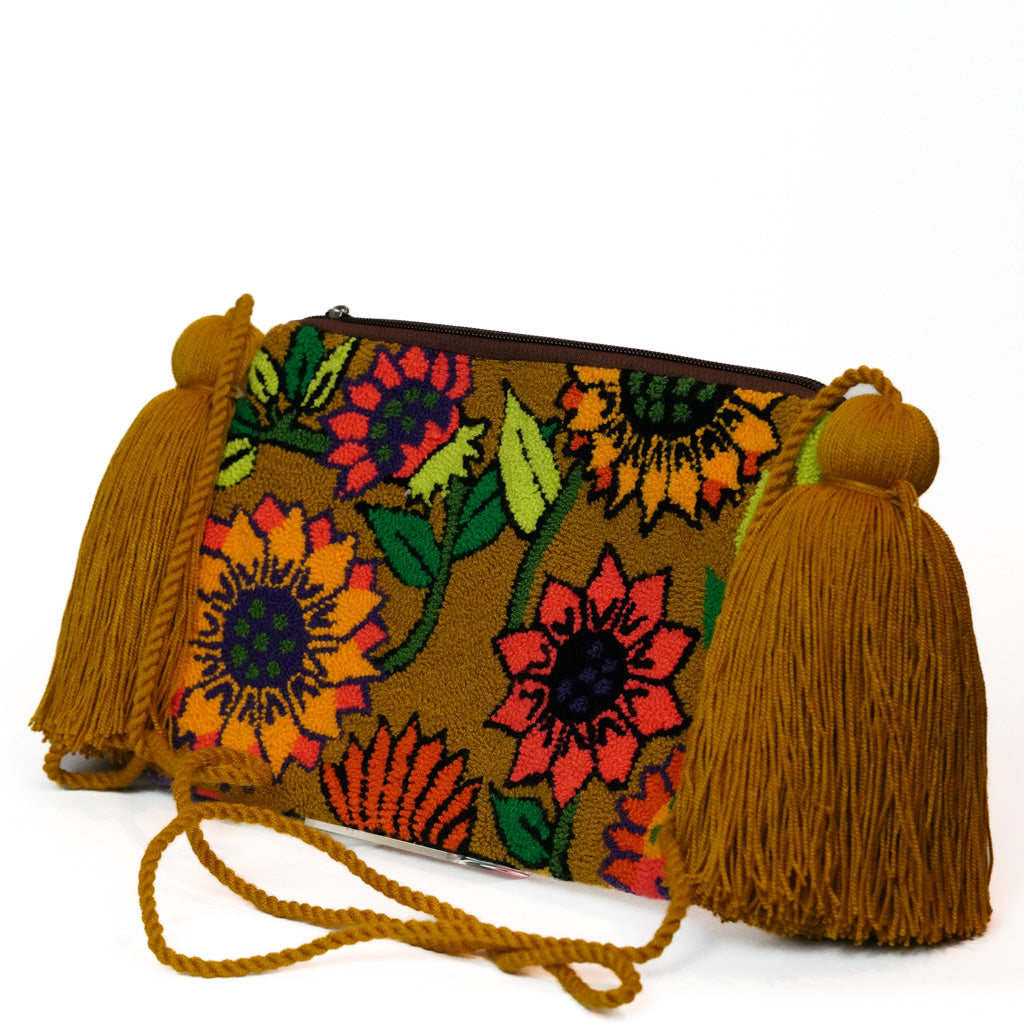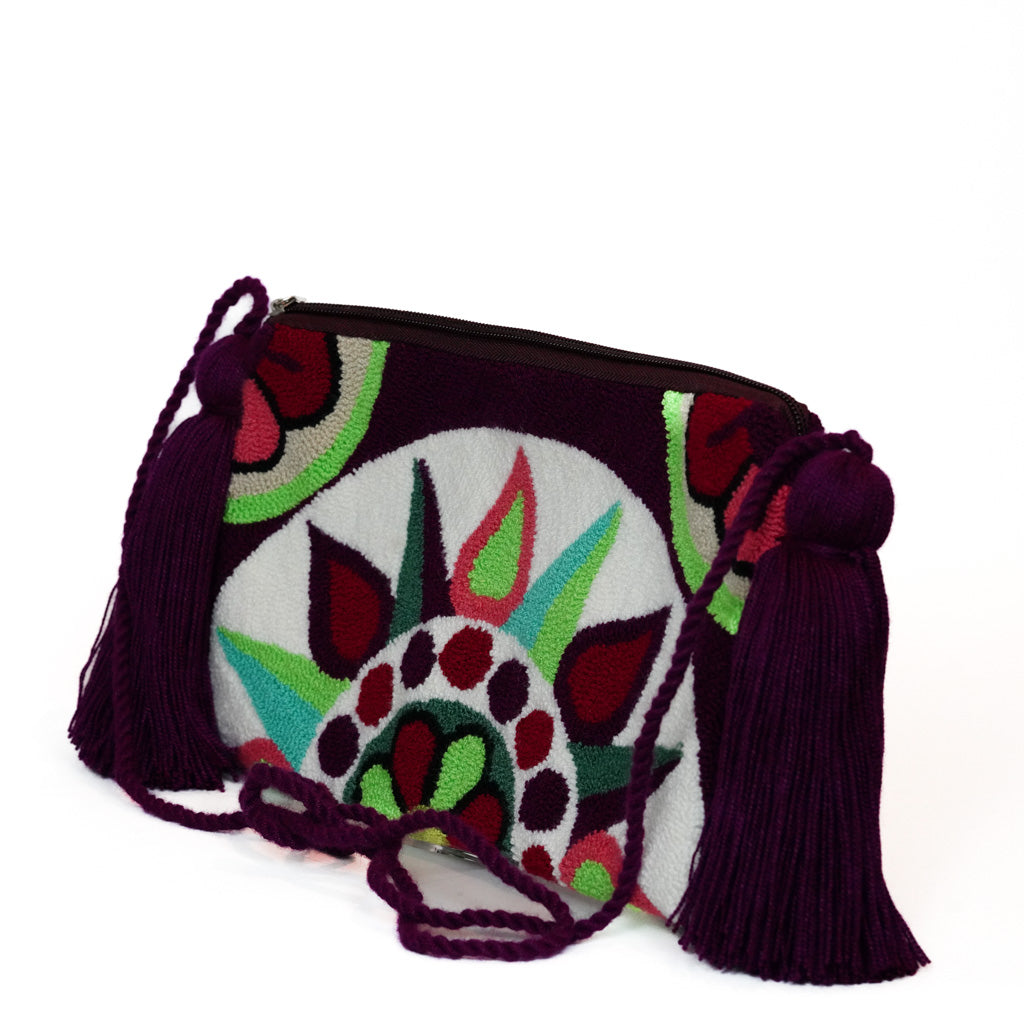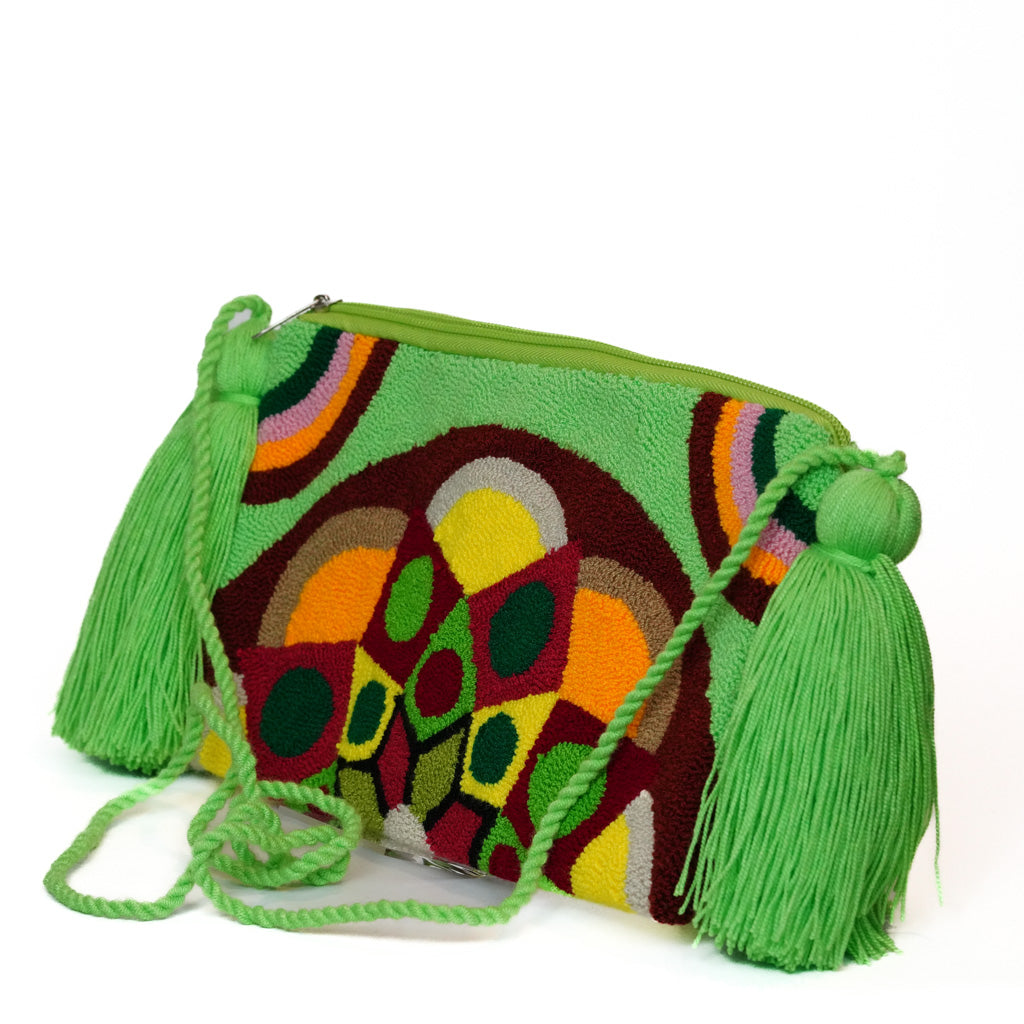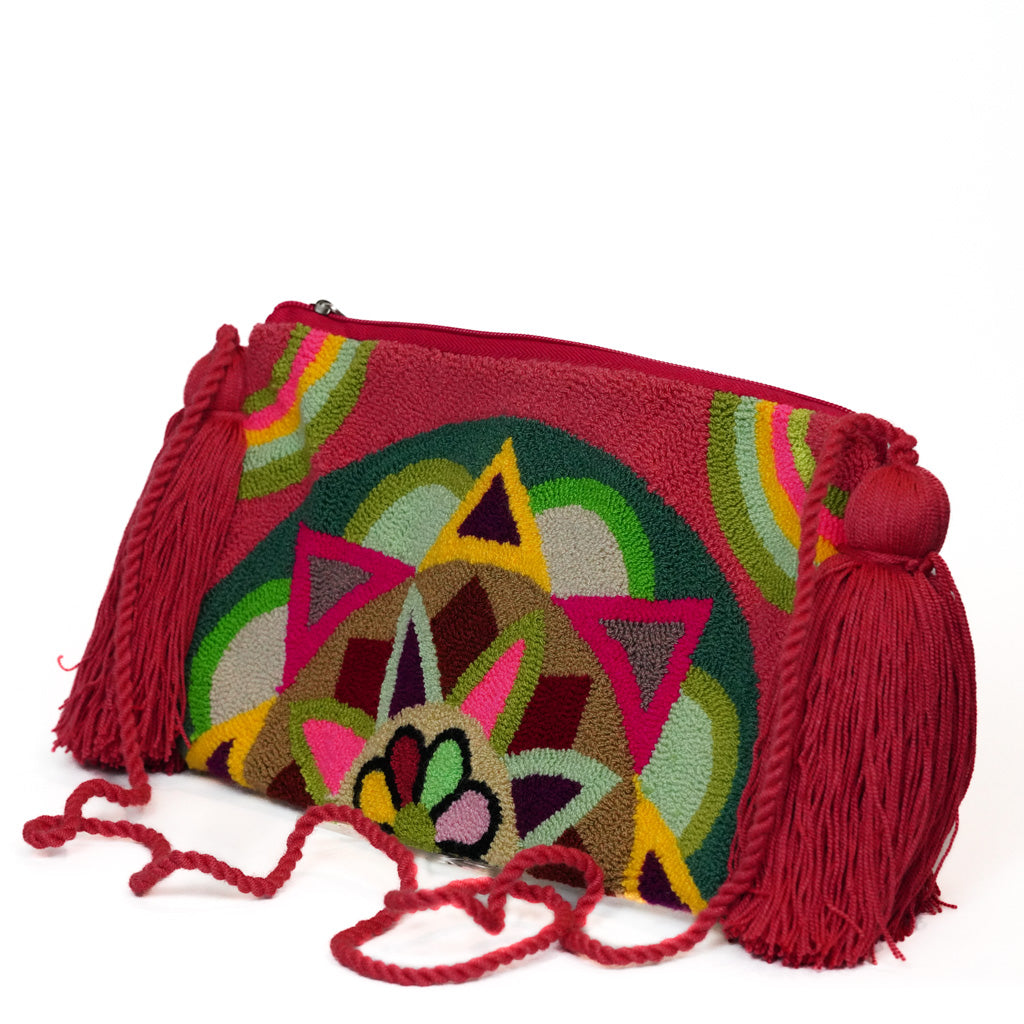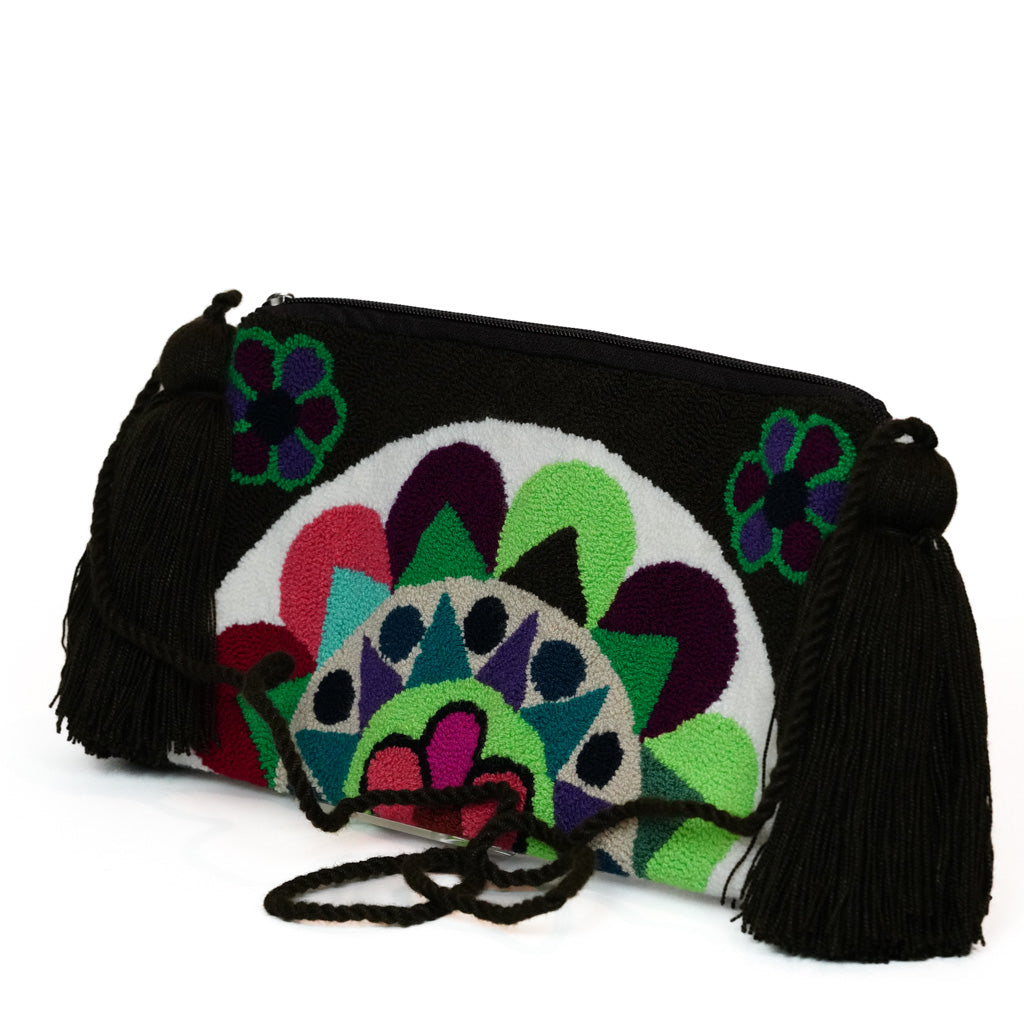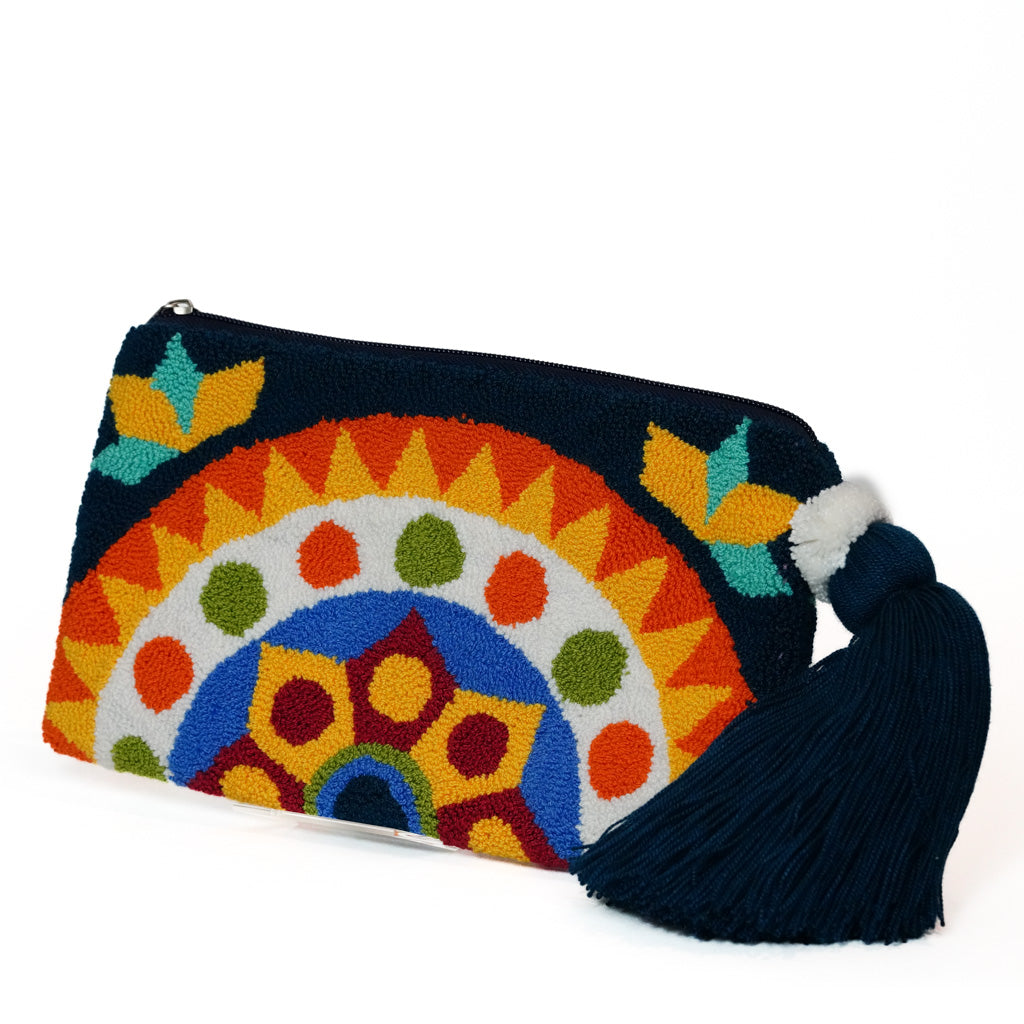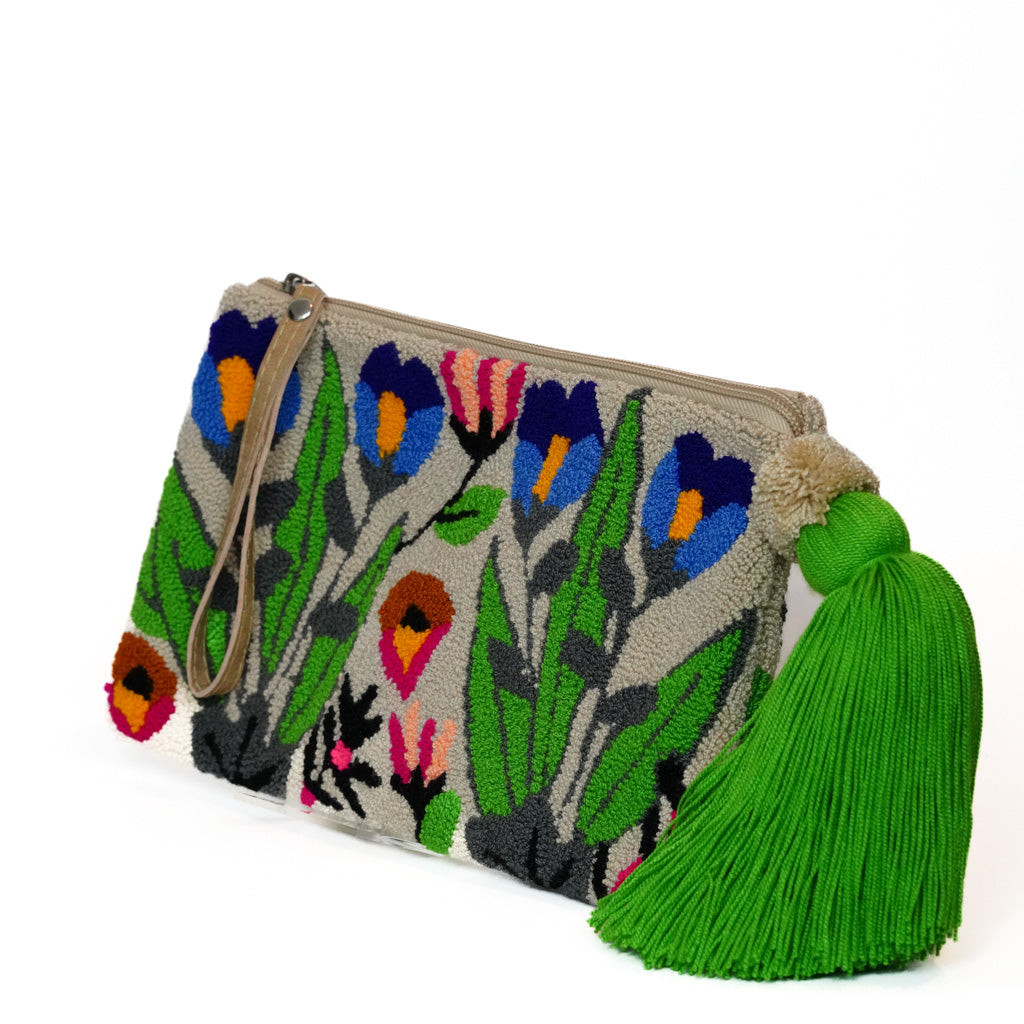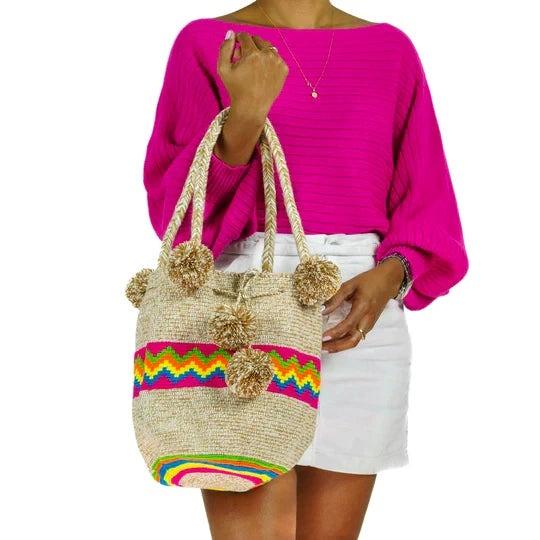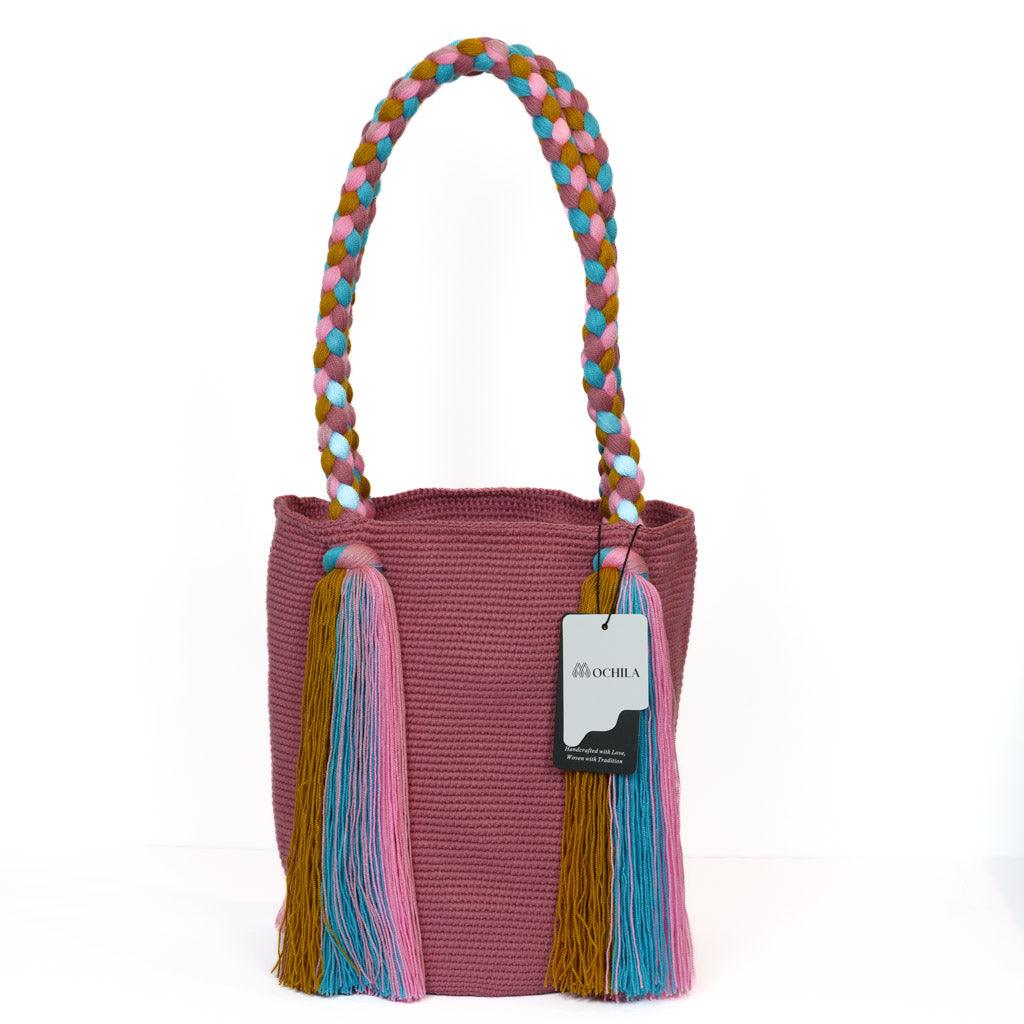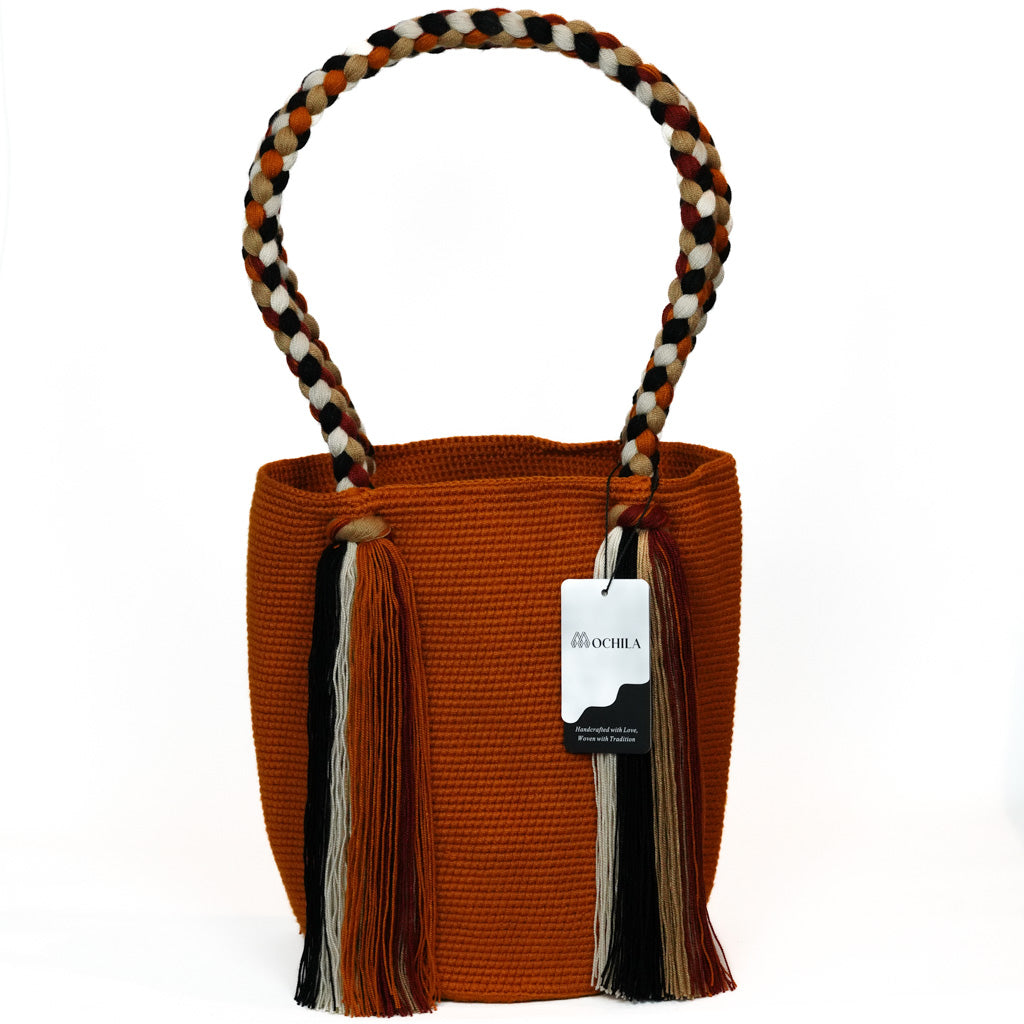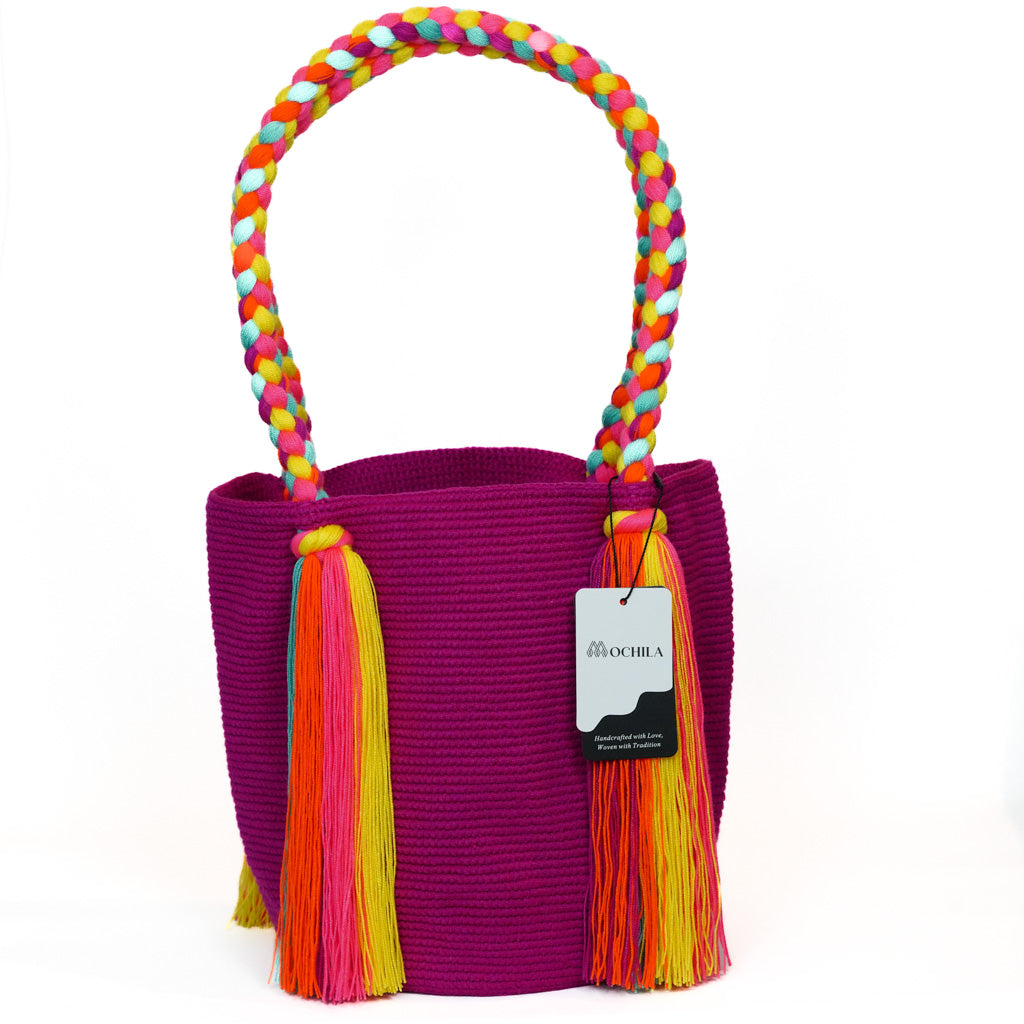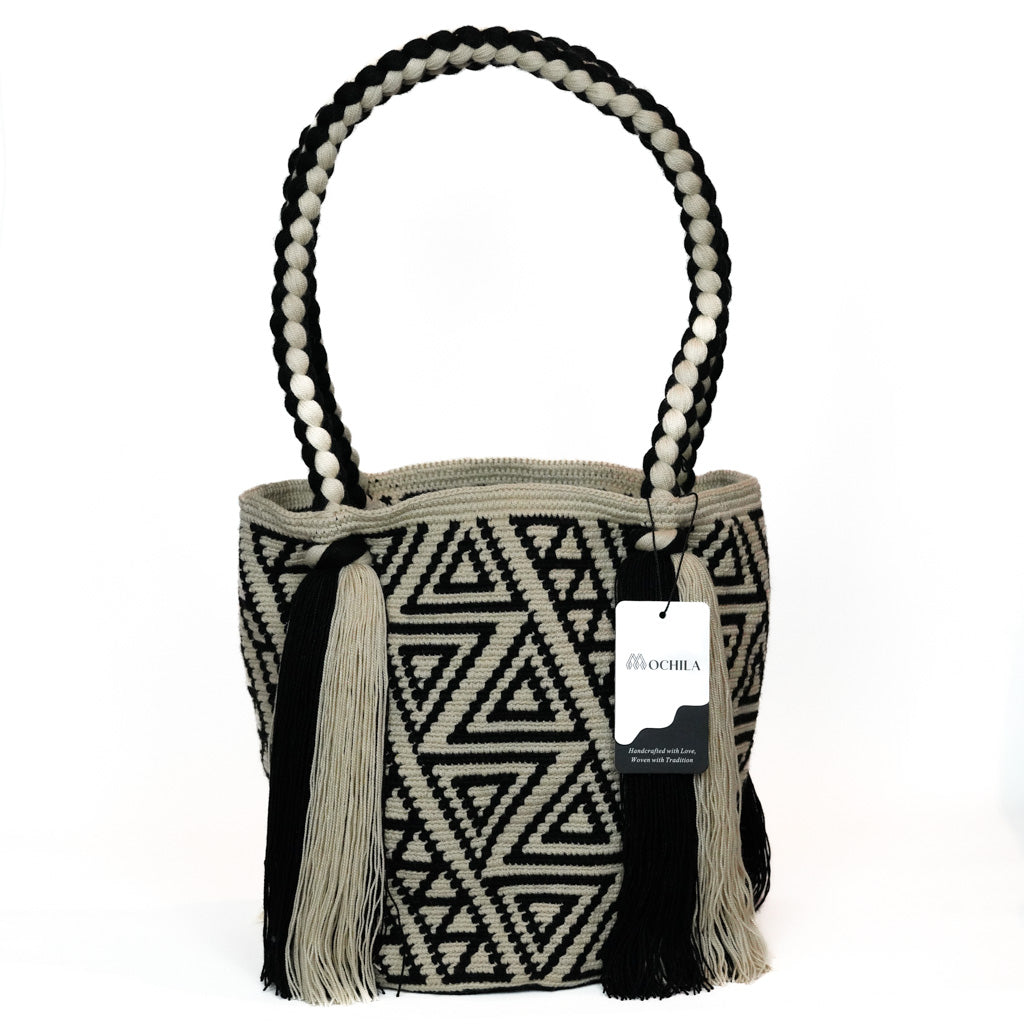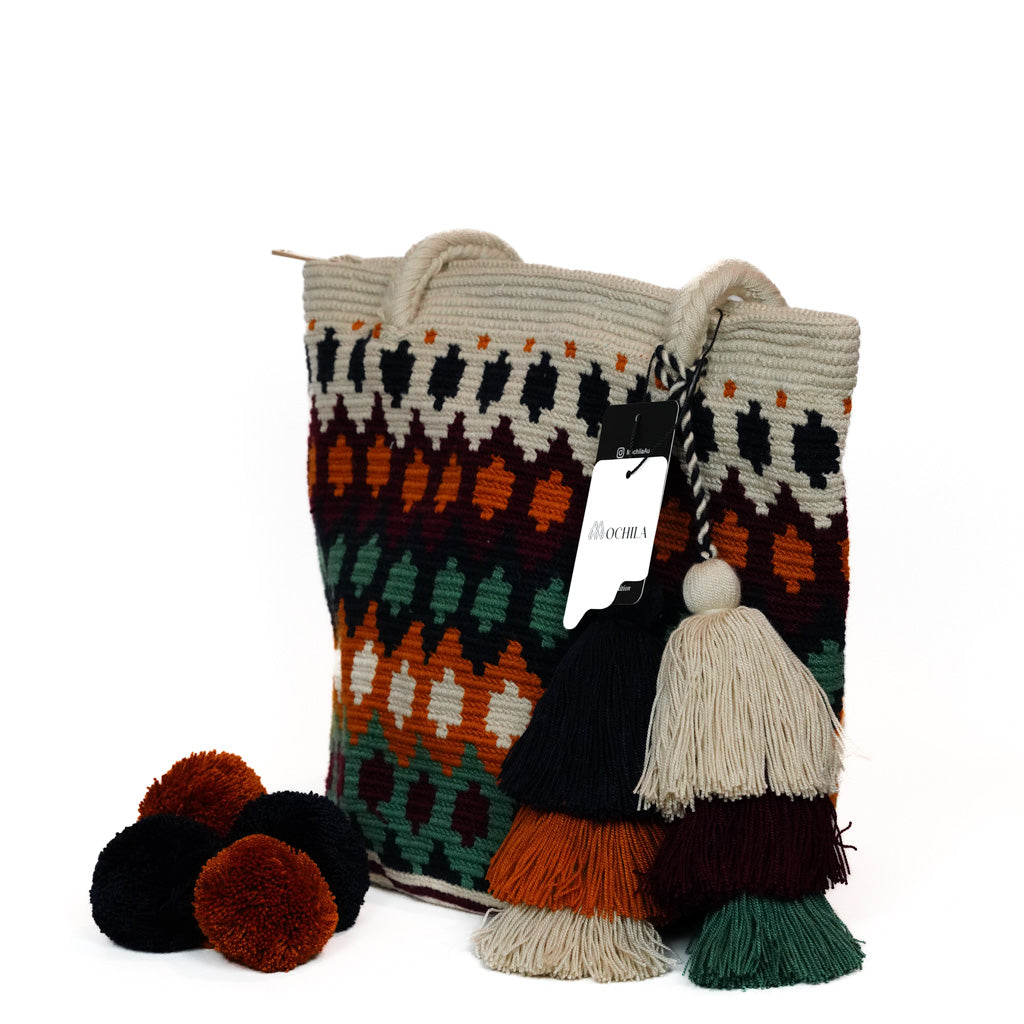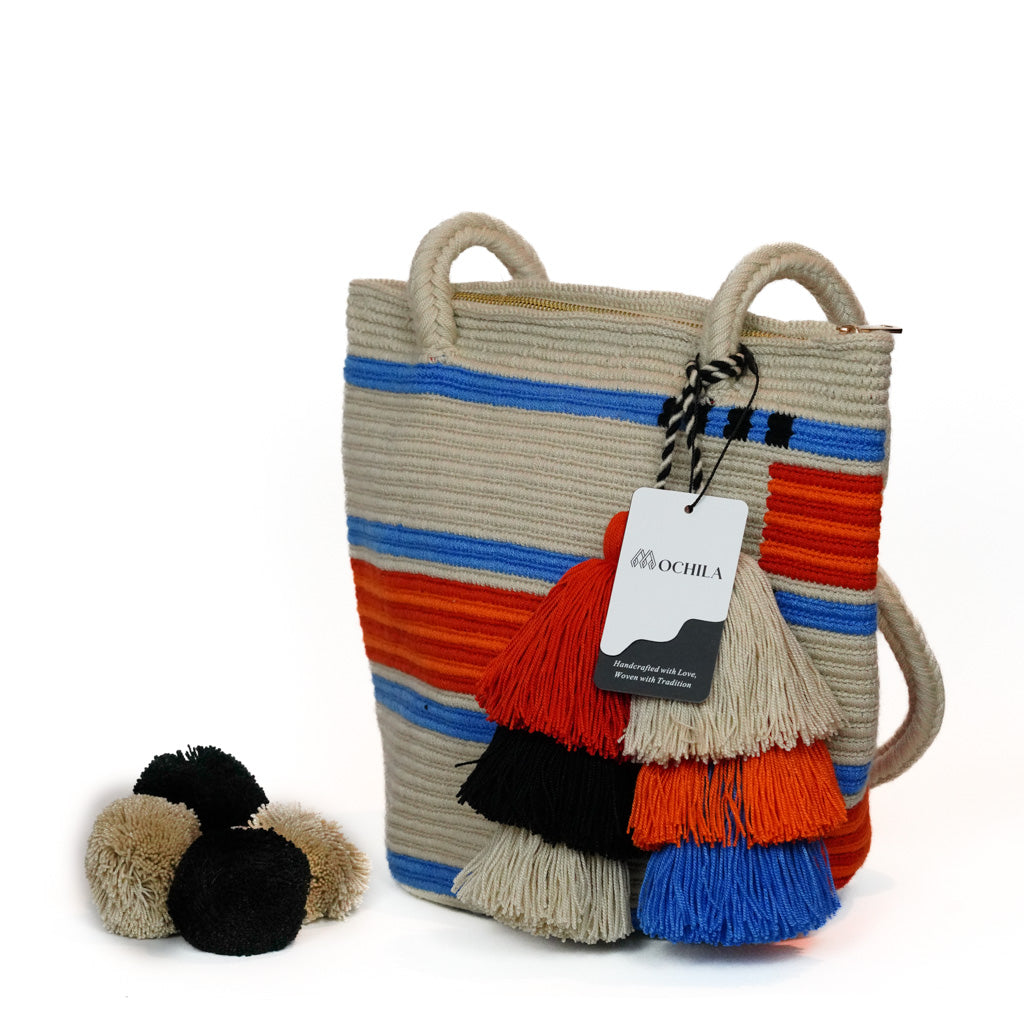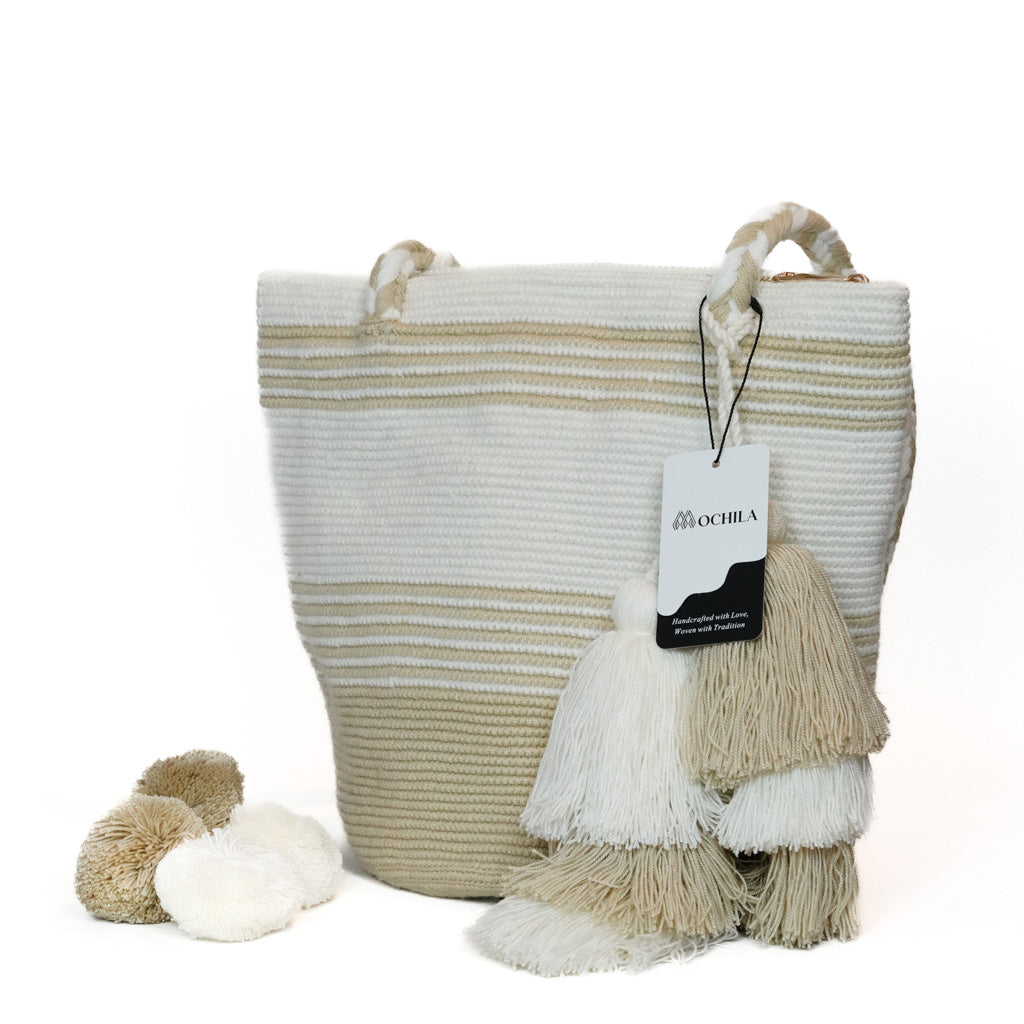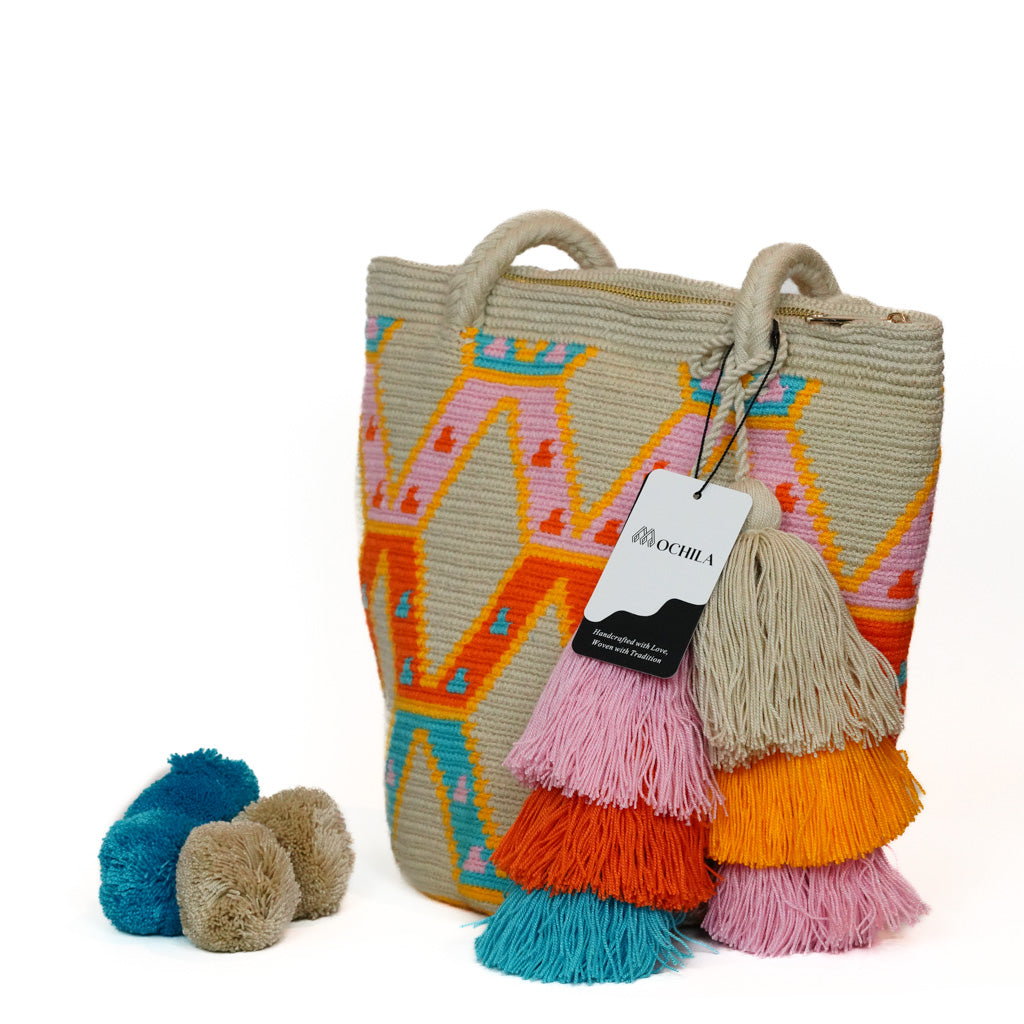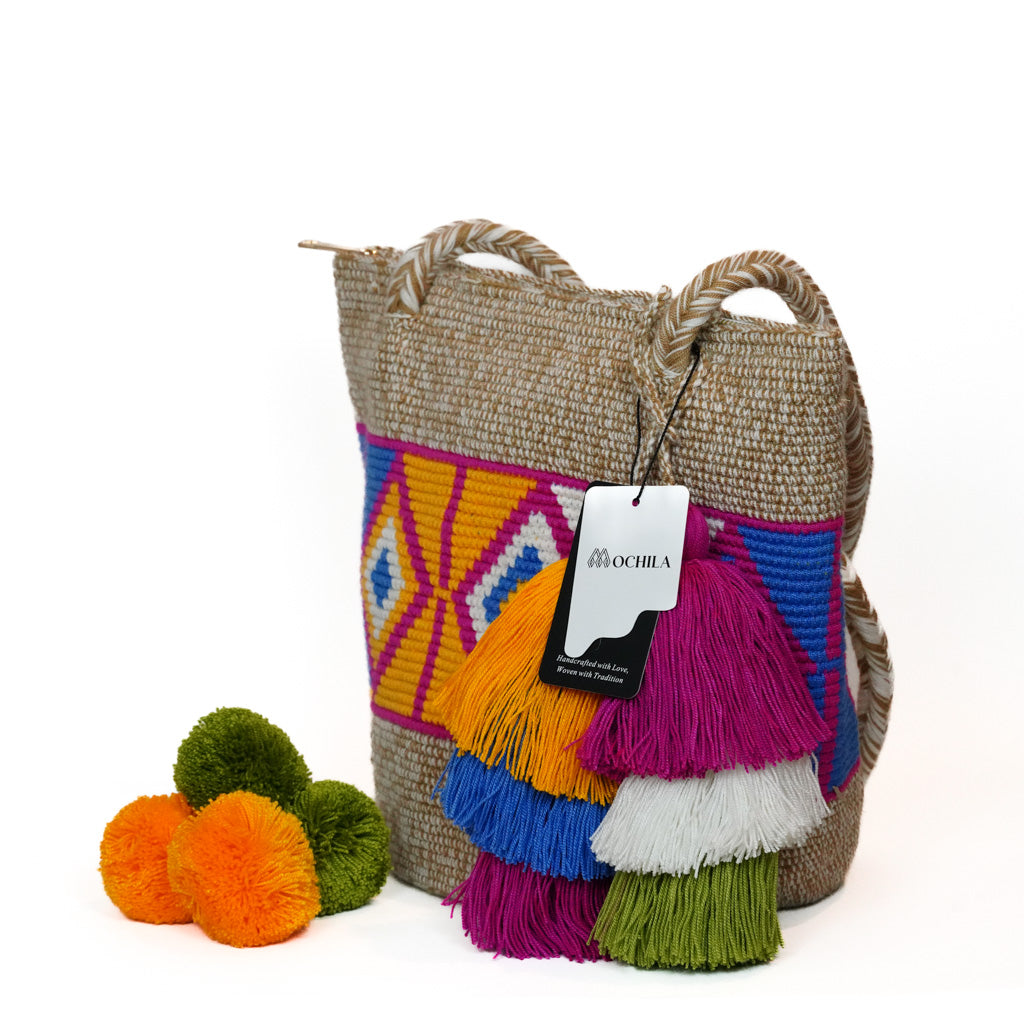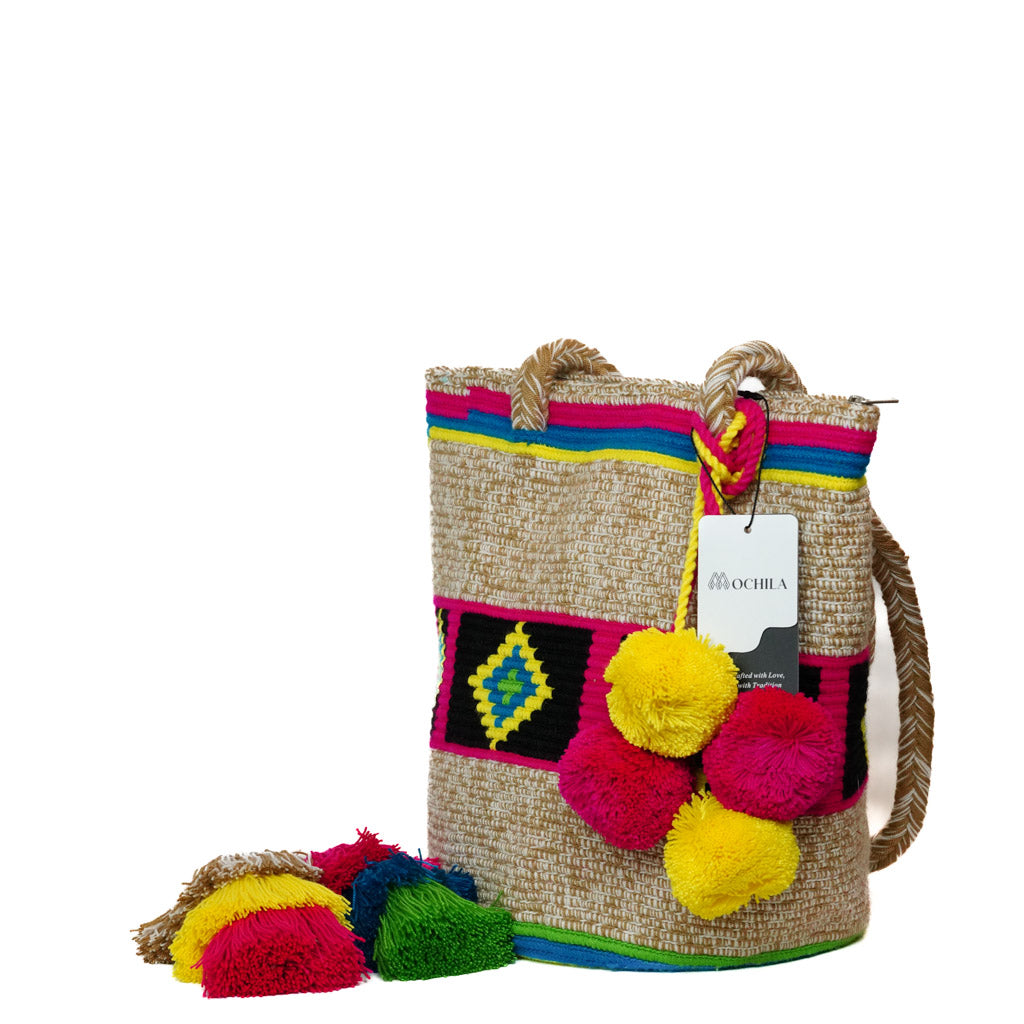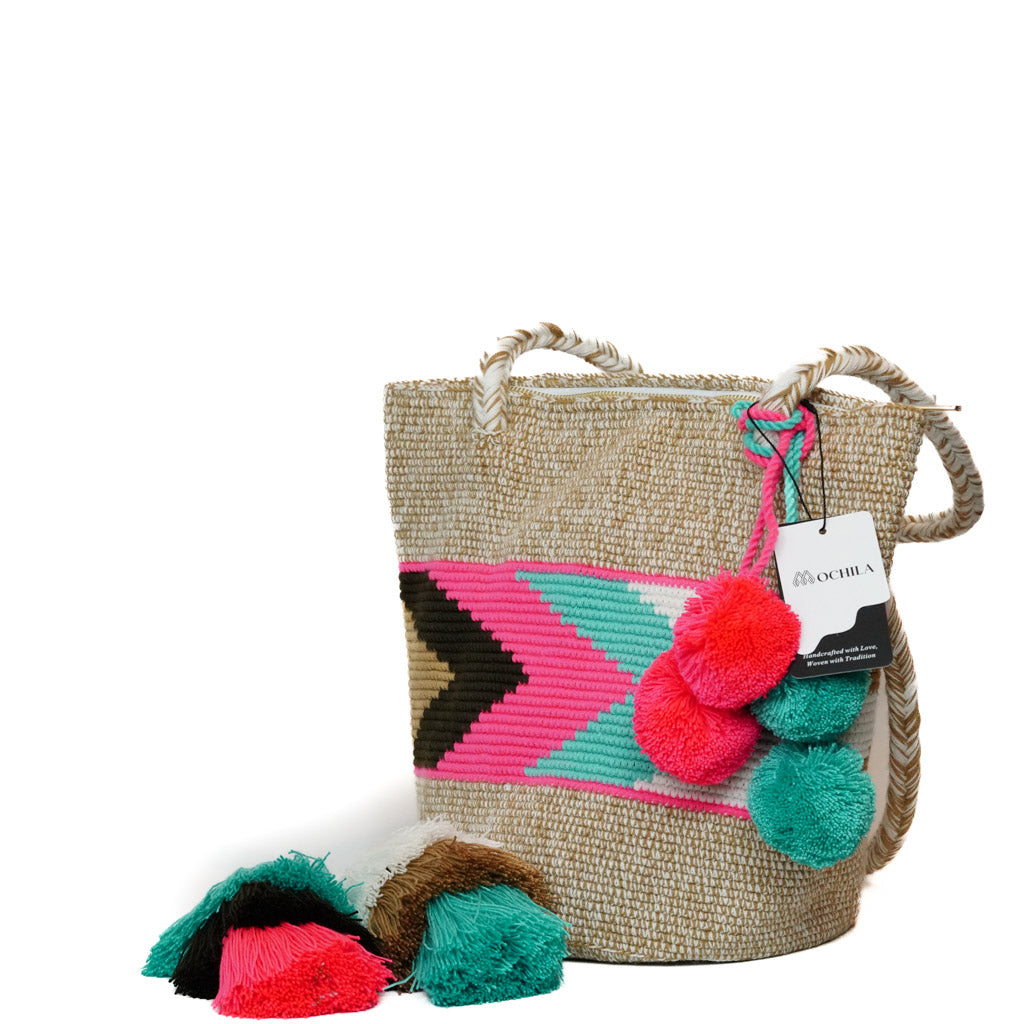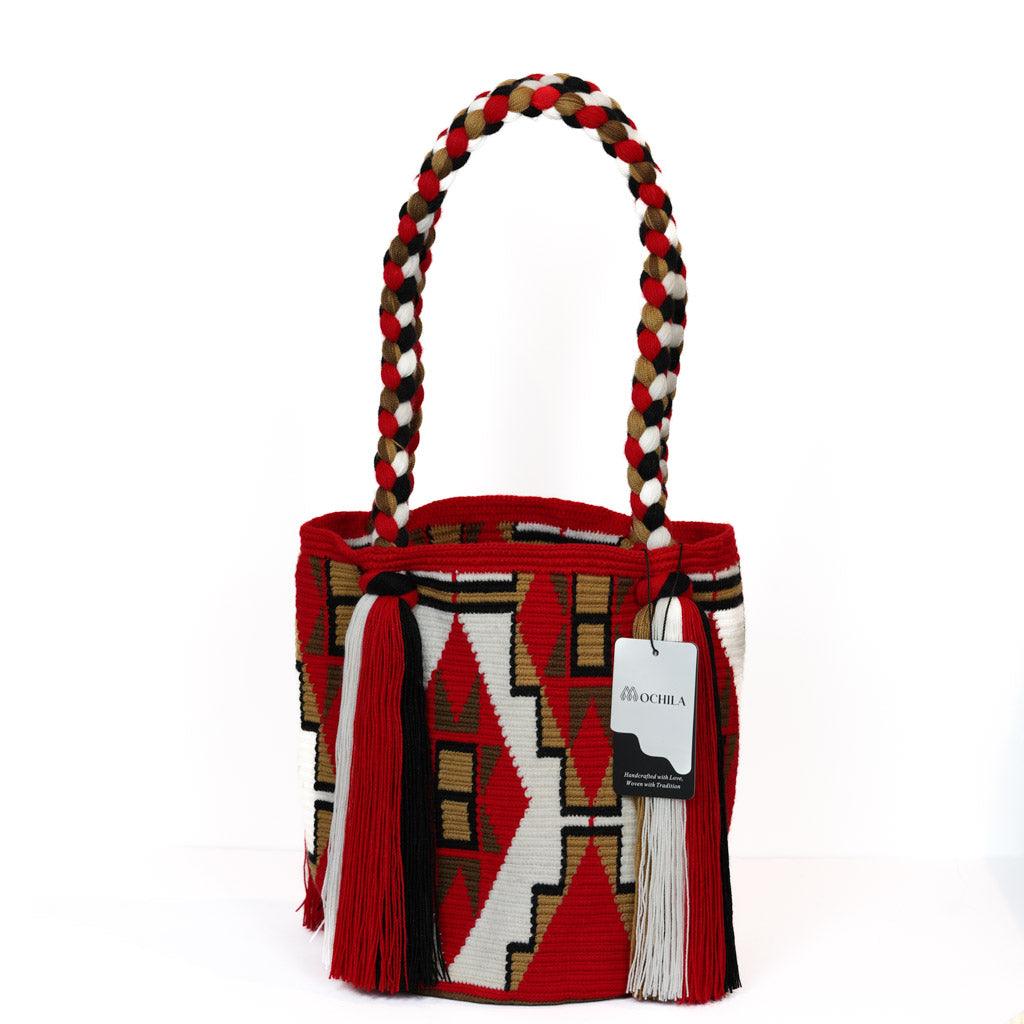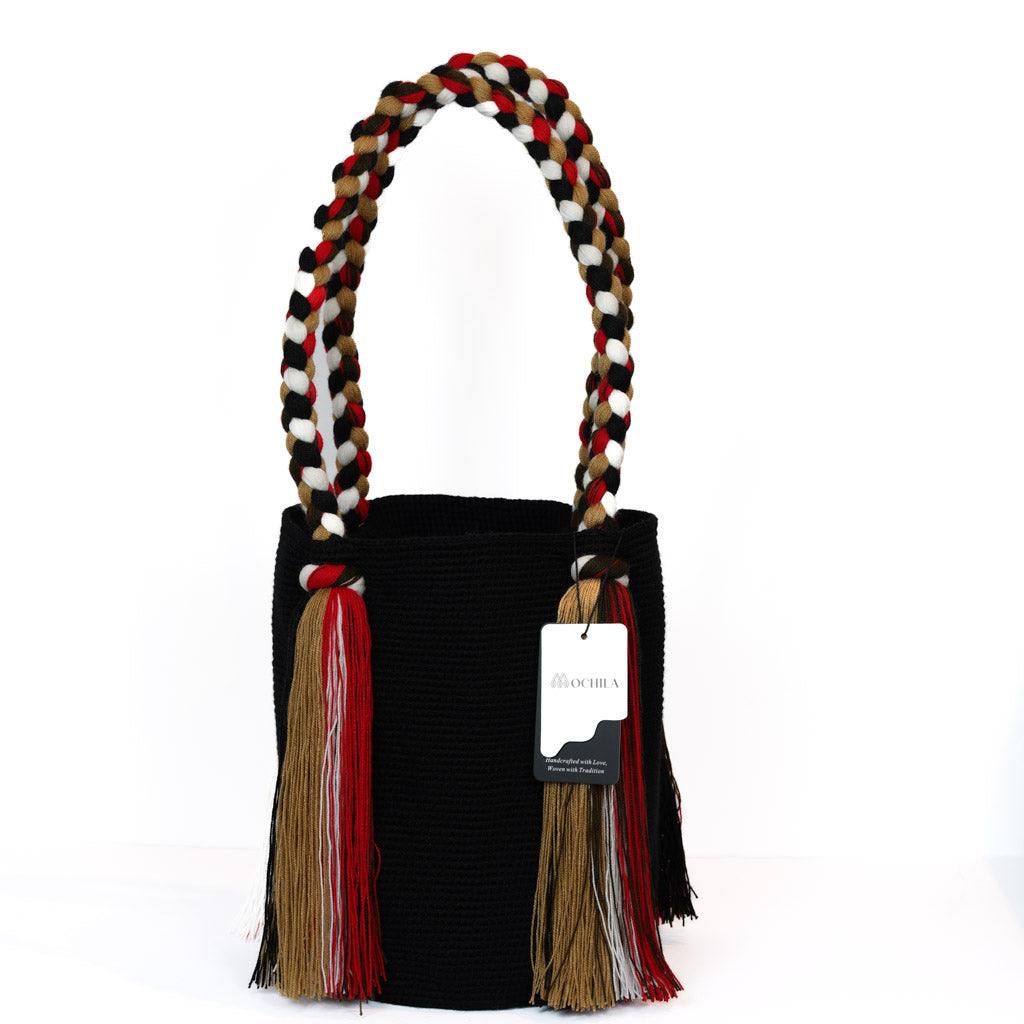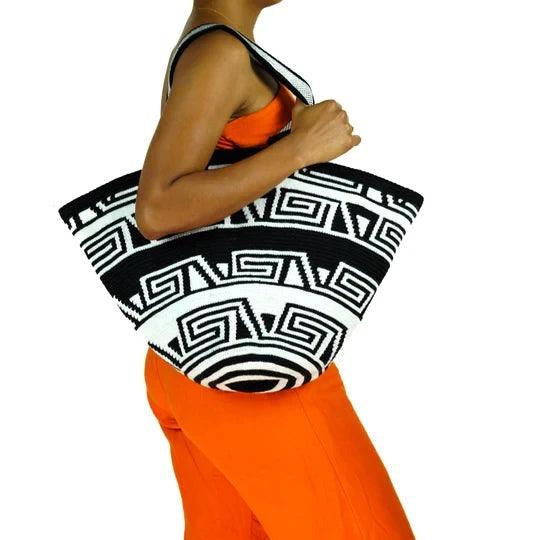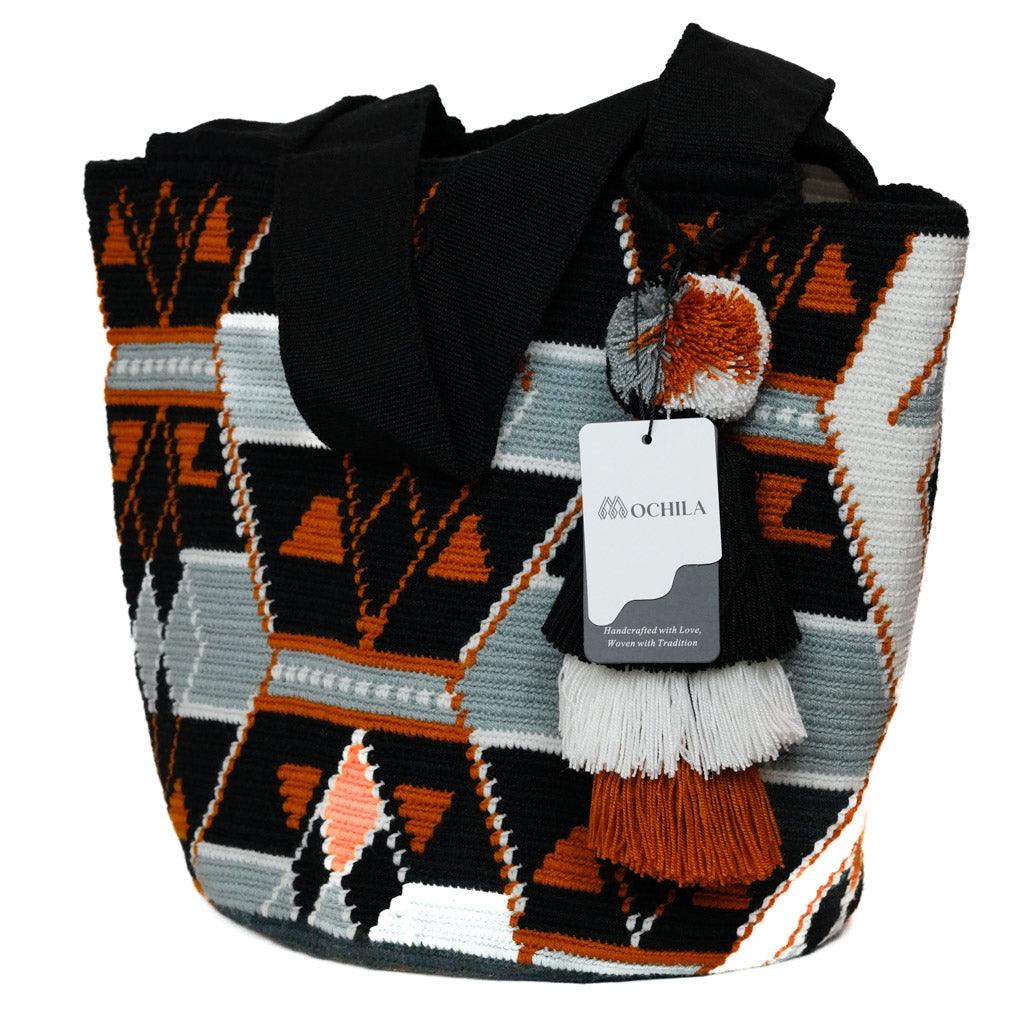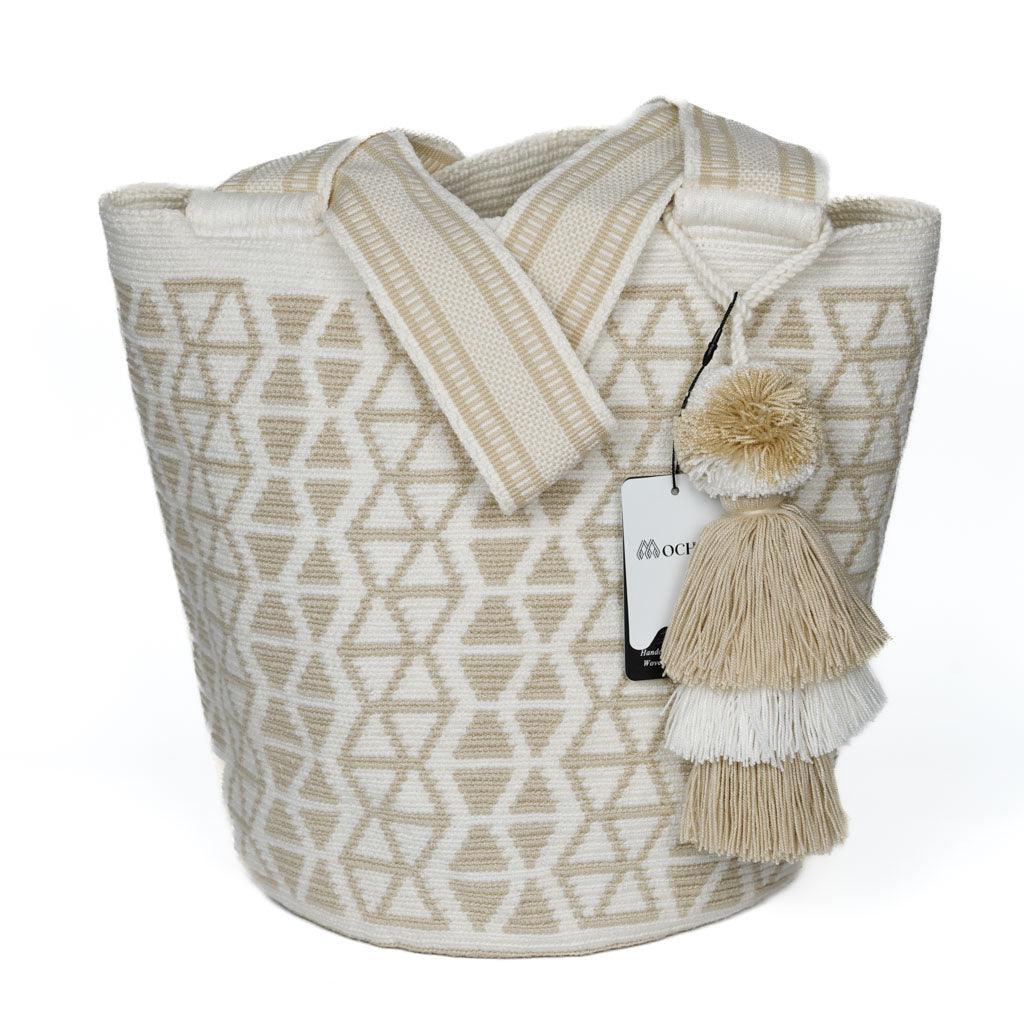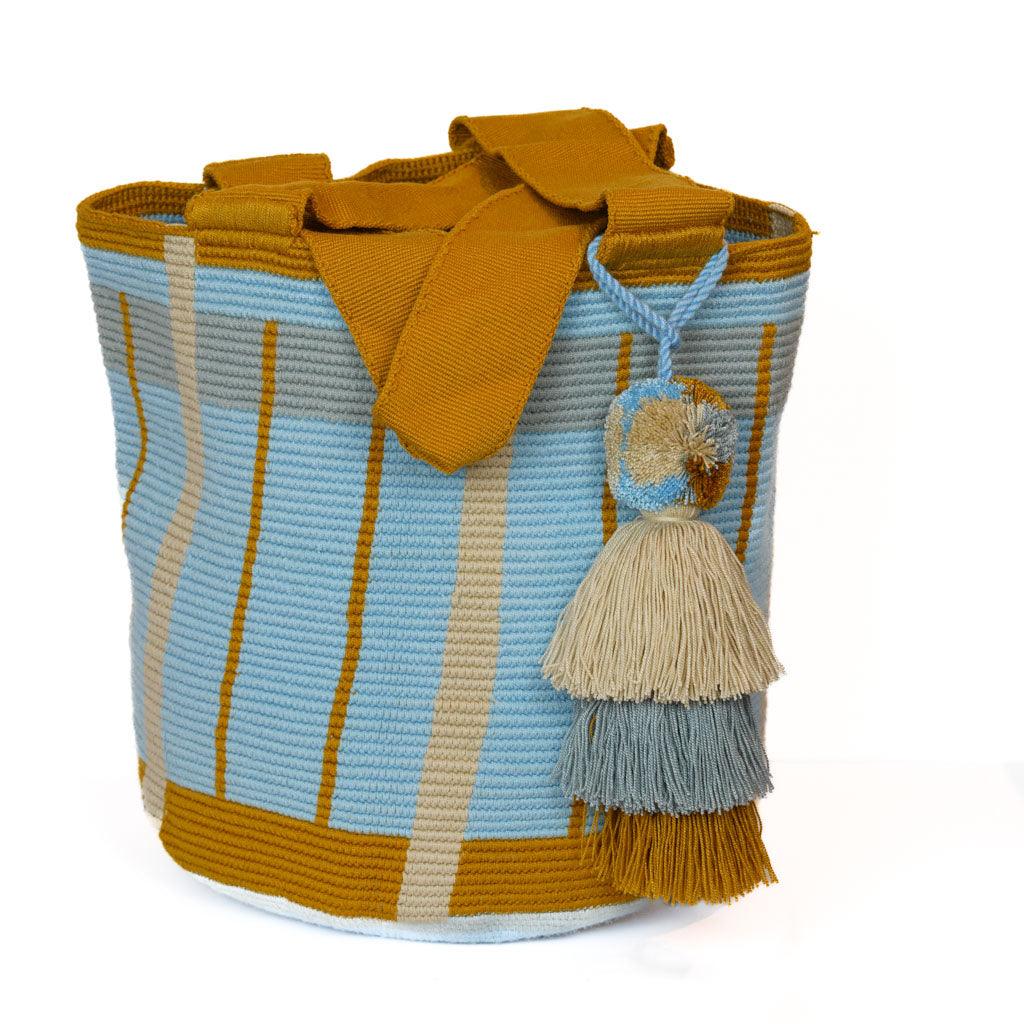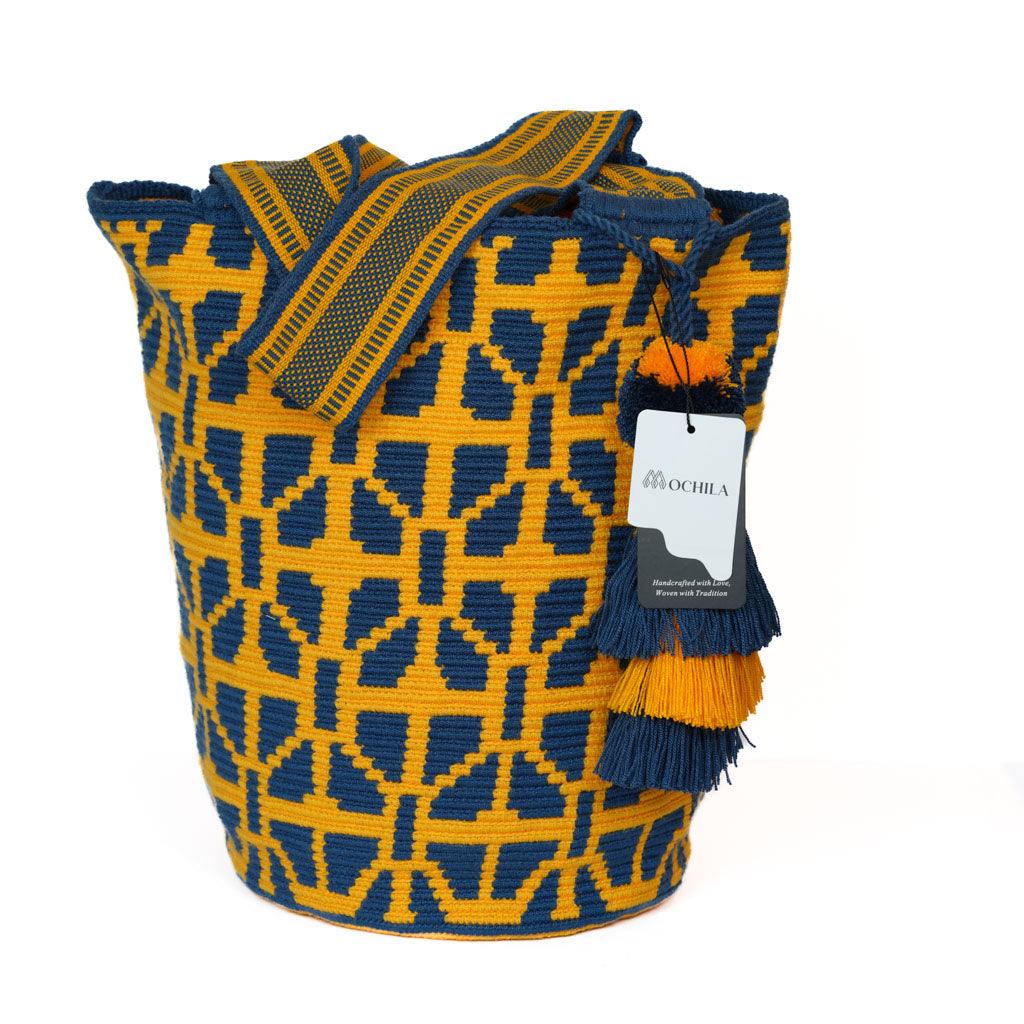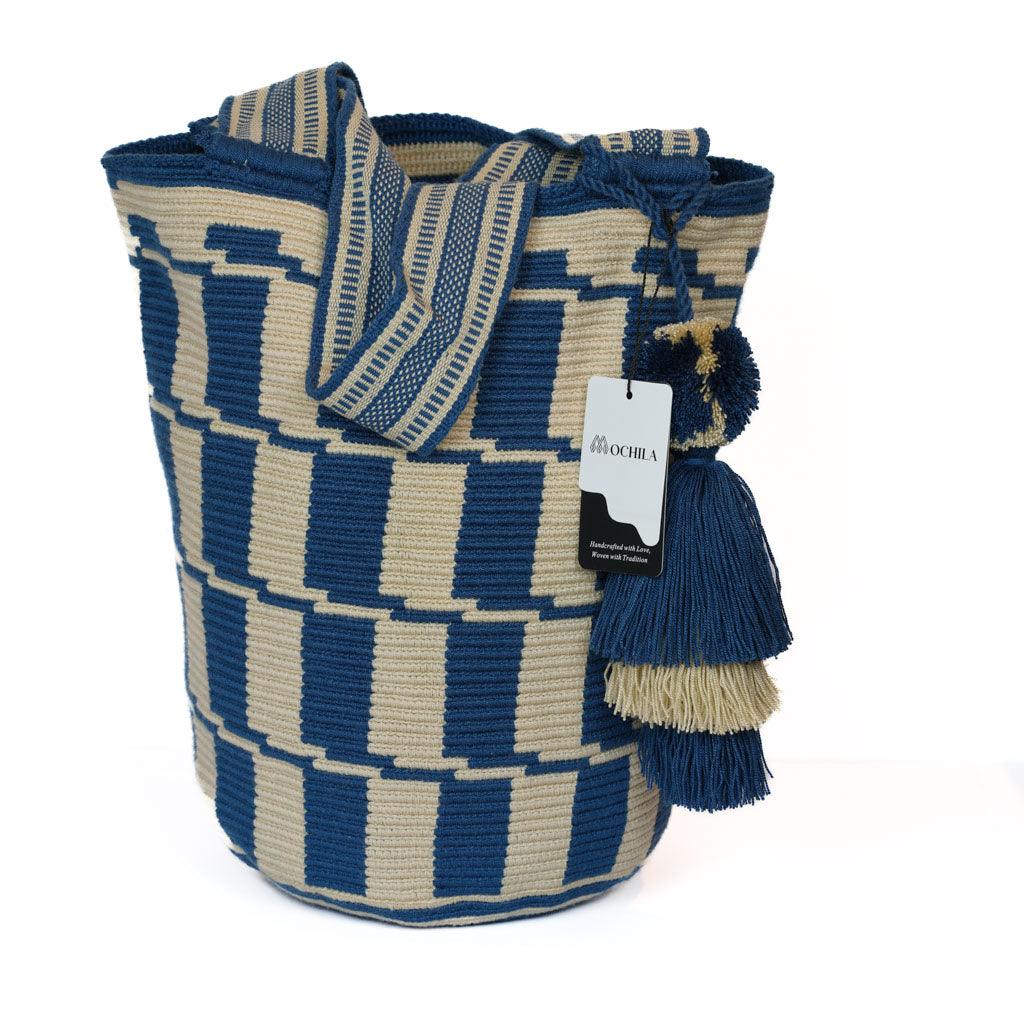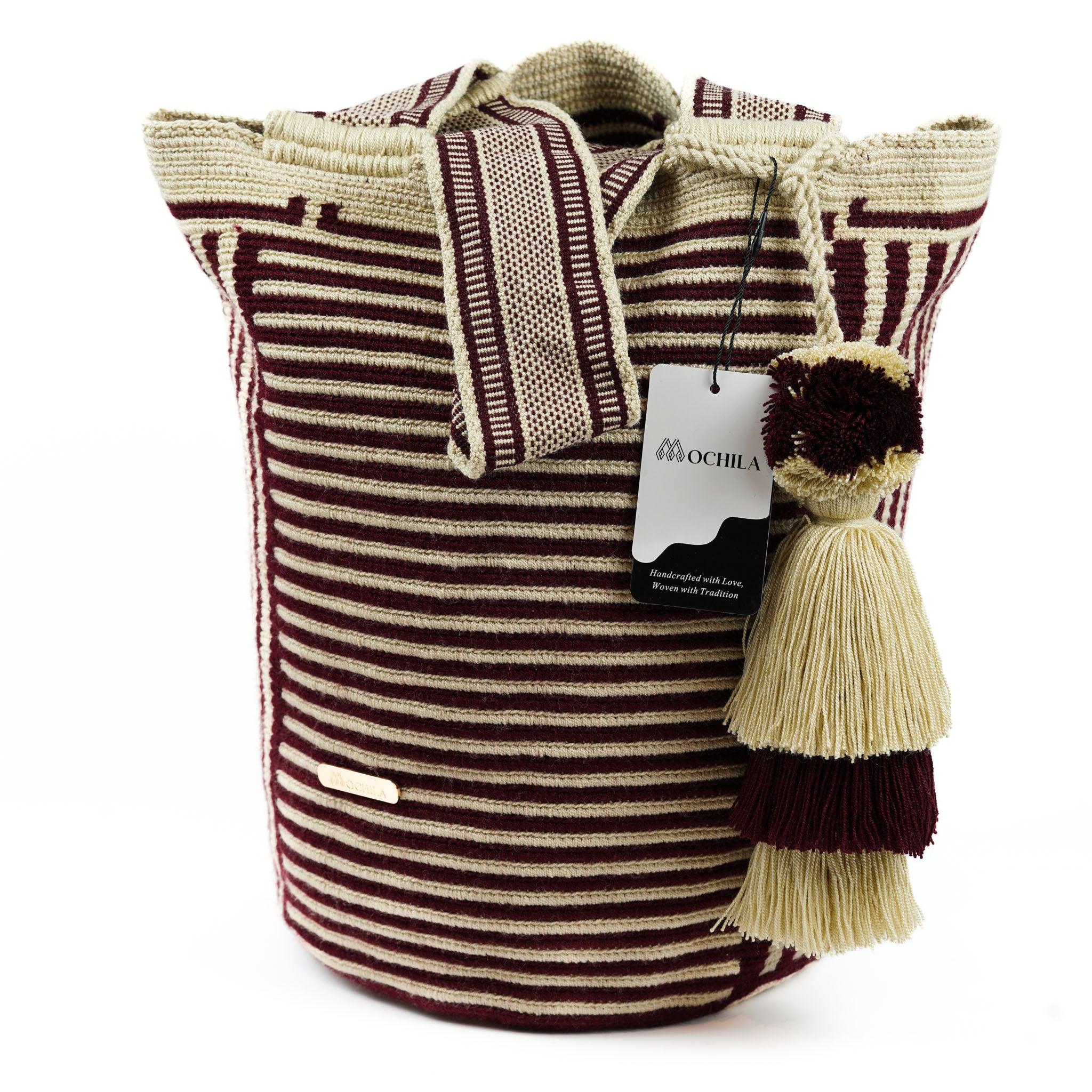Introduction to Crocheting Baby Clothes
Starting your journey into creating adorable, handmade outfits for the little ones in your life is a rewarding endeavor. Not only does it allow you to express your creativity, but it also provides you with the opportunity to make something truly unique and special.
Why Crochet Baby Clothes?
Crocheting baby clothes can be a delightful and fulfilling hobby. The process of turning a ball of yarn into a beautiful piece of clothing for a baby is nothing short of magical. It allows you to create personalized, one-of-a-kind pieces that can become family heirlooms, passed down through generations.
Moreover, crocheting baby clothes can be an economical choice. By selecting your own materials and patterns, you can create designer-quality pieces at a fraction of the cost of store-bought clothing.
Perhaps the most compelling reason to crochet baby clothes is the love and care that goes into each stitch. Every time the baby wears the outfit, they are wrapped in the warmth and affection you put into creating it.
Basic Skills Needed for Crocheting Baby Clothes
Before you embark on the journey of learning how to crochet baby clothes, it's important to master certain basic crochet techniques. These skills will form the foundation of your crocheting projects and will ensure your finished pieces are both attractive and durable.
Basic Crochet Stitches: The fundamental stitches, such as the chain stitch, single crochet, double crochet, and slip stitch, are the building blocks of all crochet patterns. If you're new to crocheting, start with our guide on how to crochet stitches.
Reading Crochet Patterns: Understanding crochet patterns is crucial for creating clothing. Familiarize yourself with the common terms, symbols, and abbreviations used in crochet patterns.
Crochet Gauge: Gauge refers to the number of stitches and rows per inch. Maintaining a consistent gauge is essential when crocheting clothes to ensure the right fit.
Increasing and Decreasing Stitches: These techniques allow you to shape the garment. For example, you might need to increase stitches to create a flared skirt for a baby dress or decrease stitches for a fitted sleeve.
Working in the Round: Many baby clothes items, like hats and booties, are crocheted in the round. This technique involves joining the end of a row to its beginning to create a circular piece.
Finishing Techniques: These include fastening off the yarn, weaving in ends, and blocking the finished piece to give it a professional look.
While these skills may seem daunting at first, with practice and patience, you'll soon be creating beautiful baby clothes. If you are new to crochet or need a refresher, check out our how to crochet for beginners guide. From there, you can explore more complex projects and techniques to expand your skills and creativity.
Understanding Yarn Selection
Choosing the right yarn is a vital step in learning how to crochet baby clothes. The type of yarn you choose can significantly affect the appearance, feel, and durability of the finished garment.
The Importance of Yarn Type
When it comes to crocheting baby clothes, the yarn type plays a crucial role. Babies have delicate skin that is sensitive to harsh fabrics. Therefore, choosing a yarn that is soft, hypoallergenic, and easy to care for is key.
Among the popular choices for baby clothes are cotton and acrylic yarns. Cotton yarn is natural, breathable, and gentle on the skin, making it a suitable choice for warmer climates or summer outfits. On the other hand, acrylic yarn is synthetic but offers the advantage of being machine washable, durable, and available in a wide range of colors.
However, the most important factor to consider when choosing yarn type is the comfort and safety of the baby. Avoid yarns with small, detachable decorations or those that are too fuzzy, as these can pose a choking hazard.
Tips for Choosing Yarn for Baby Clothes
Here are some tips to help you choose the right yarn for your baby clothes project:
Check the Yarn Weight: The yarn weight refers to the thickness of the yarn strand. For baby clothes, lightweight yarns (like DK or sport weight) are often preferred. These create a fabric that is light, soft, and breathable.
Consider the Color: Babies can make a mess, so choosing a yarn color that can hide stains well might be a practical choice. Light colors can show stains but are classic for baby clothes. Bright or dark colors can mask stains better and make fun and vibrant clothes.
Read the Care Instructions: Babies require frequent outfit changes, so choose a yarn that is machine washable and durable.
Do the Touch Test: The yarn should feel soft and comfortable against your skin. Remember, if it feels scratchy to you, it will likely feel the same to the baby.
Think About the Season: Choose a yarn that suits the season. Cotton or bamboo yarns are great for summer clothes, while wool or acrylic might be better for winter garments.
In conclusion, understanding yarn selection is a key step in crocheting baby clothes. Once you've selected the perfect yarn, you're ready to dive into your project. Check out our articles on how to crochet for beginners if you need a refresher on the basics, or explore specific projects like how to crochet baby dresses or how to crochet patterns for baby blankets for more inspiration.
Essential Crochet Techniques for Baby Clothes
Mastering and applying the right crochet techniques is a crucial part of learning how to crochet baby clothes. Given the delicate nature of a baby's skin and the small size of the garments, special emphasis is placed on working with smaller scales, creating soft and comfortable seams, and mastering stretchy stitches.
Working with Smaller Scales
Crocheting baby clothes involves working on a smaller scale compared to adult clothing. This requires a high level of precision and patience, especially when creating intricate designs or incorporating delicate stitch patterns.
One way to ensure precision while working on a small scale is by using smaller hook sizes. Smaller hooks allow for tighter and more defined stitches, which are essential when creating small garments. For a detailed guide on selecting the right hook size for your project, refer to our article on how to determine crochet hook sizes.
Creating Soft and Comfortable Seams
When it comes to crocheting baby clothes, comfort is key. Therefore, creating soft and comfortable seams is important to ensure the garment does not irritate the baby's sensitive skin.
To achieve soft seams, consider using the slip stitch seam or mattress stitch. These methods create flat seams that feel comfortable against the skin. Also, always ensure that the inside of the garment is as smooth as possible, with minimal knots or loose ends.
Mastering Stretchy Stitches
Baby clothes need to be stretchy to accommodate their quick growth and constant movement. Therefore, mastering stretchy stitches is an essential technique when crocheting baby clothes.
Some stretchy stitches that work well for baby clothes include the single crochet rib stitch, extended single crochet stitch, and half double crochet in the third loop. These stitches create a flexible fabric that can stretch with the baby's movements without losing its shape.
| Stretchy Stitch | Characteristics |
|---|---|
| Single crochet rib stitch | Creates a ribbed texture that is stretchy and comfortable. |
| Extended single crochet stitch | Adds extra height to each stitch, making the fabric more elastic. |
| Half double crochet in the third loop | Produces a knit-like fabric that is stretchable and soft. |
Mastering these techniques will enhance your abilities to crochet baby clothes. Practice these skills and soon you will be able to create a range of adorable and comfortable garments for babies. For more crochet techniques and patterns, check out our articles on how to crochet and how to crochet stitches.
Crocheting Baby Clothes: Common Patterns
Creating adorable baby clothes is one of the most rewarding aspects of learning how to crochet baby clothes. Let's explore three common patterns that many crochet hobbyists enjoy: baby hats, baby booties, and baby sweaters.
Crocheting Baby Hats
Baby hats are a popular project for those interested in crocheting baby clothes. They are relatively quick to make and require only a small amount of yarn.
When crocheting a baby hat, you'll want to start by creating a circle for the crown of the hat. This is usually done using the magic ring technique. You'll then continue to increase the number of stitches in each round until the crown is the right size. From there, you'll crochet without increasing to form the sides of the hat.
For a step-by-step guide on how to crochet baby hats, you can refer to our dedicated article here.
Crocheting Baby Booties
Baby booties are another delightful crochet project. They are usually made by crocheting the sole first, then working up the sides and finishing with the cuff. Different stitch techniques are used to create a secure and snug fit for the baby's foot.
The key to crocheting baby booties is to ensure they are soft, comfortable, and warm. Using soft yarns and creating a tight stitch will help achieve this.
Crocheting Baby Sweaters
A crocheted baby sweater is a beautiful and practical project. Baby sweaters can be made in various designs, from simple to intricate. They usually start with the yoke, working down to the body, and finishing with the sleeves.
When crocheting baby sweaters, it's essential to take accurate measurements and regularly check the fit. This ensures that the sweater will be comfortable and a perfect fit for the baby.
Remember to always use baby-friendly yarns that are soft, non-irritating, and easy to clean. For more tips on yarn selection, you can refer to our article on how to choose yarn for baby clothes.
These are just a few examples of the many baby clothes you can crochet. By mastering these patterns, you can create a wardrobe of beautiful handmade clothes for your baby or give as thoughtful gifts to expectant parents.
Tips for Customizing and Adapting Patterns
Creating custom baby clothing allows for personalization and uniqueness. When it comes to how to crochet baby clothes, understanding pattern adaptation and customization is crucial. This ensures that the clothes fit perfectly and meet the desired style preferences.
Adapting Patterns for Different Sizes
When starting a crochet project, it's important to remember that babies grow quickly, and the clothing should be able to accommodate this growth. This means that the crochet pattern may need to be adapted for different sizes.
The first step in adapting a pattern is understanding the sizing. Baby clothing sizes are usually determined by age, but it's advisable to use actual body measurements for a more accurate fit. This includes measurements for the chest, waist, and length of the baby.
Once you have these measurements, you can modify the pattern accordingly. This may involve adding or removing stitches or rows to adjust the width or length of the clothing. For example, to increase the size of a baby sweater, you may add more stitches to the chest area, or more rows to the length.
To do this effectively, it's important to understand the stitch pattern and how it affects the final size of the clothing. For tips on mastering different crochet stitches, refer to our guide on how to crochet stitches.
Customizing Designs for Personal Touch
Customizing a crochet pattern allows for personal expression and creativity. This can be done by adding unique elements to the clothing, such as decorative stitches, contrasting colors, or special details like buttons or ribbons.
One way to customize a design is by altering the stitch pattern. For instance, you could add a decorative border to a baby blanket or incorporate a fun motif into a baby sweater. This not only adds a personal touch to the clothing but also provides an opportunity to practice and showcase different crochet techniques. Refer to our guide on how to crochet patterns for blankets for some inspiration.
Another way to customize a design is by using different colors. Choosing a unique color scheme can dramatically change the look of a piece. Consider using colors that reflect the baby's personality or coordinate with their nursery decor.
Lastly, don't forget about the finishing touches. Adding embellishments like buttons, ribbons, or appliques can give the clothing an extra special touch. However, remember to ensure that all decorations are securely attached to prevent any choking hazards.
By learning to adapt and customize crochet patterns, you can create unique and personalized baby clothing. This not only makes the clothing special, but it also gives you a chance to experiment and develop your crochet skills. Always remember, the key to successful crocheting is practice and creativity. So, don't be afraid to try new ideas and make the pattern your own.
Maintaining and Caring for Crocheted Baby Clothes
Crafting adorable attire through crochet is an achievement, but maintaining them properly is equally essential. Here, let's explore how to care for crocheted baby clothes effectively, ensuring they remain in good condition for a longer time.
Cleaning and Storage Tips
Handmade crochet baby clothes require careful handling and cleaning due to their delicate nature. Hand washing is typically the best option for these items, using a gentle detergent and lukewarm water. It's crucial to avoid wringing out the clothes as it might distort the shape. Instead, gently squeeze the water out and lay the garment flat on a towel to dry.
When it comes to storage, always ensure the clothes are completely dry to prevent mildew. Fold them neatly and store in a cool, dry place. Avoid hanging crocheted clothes as it can stretch the yarn over time.
For longer-term storage, consider using breathable fabric bags rather than plastic containers, which can trap moisture and cause damage. Adding a few cedar balls can help deter moths while keeping the clothes smelling fresh.
Repairing Damage and Making Alterations
Despite careful handling, crocheted clothes can occasionally suffer damage. Catching and fixing these issues early can prevent further deterioration. For small holes or loose threads, one can often fix them with a tapestry needle and matching yarn.
If a garment becomes too small, consider making alterations. Adding rows or rounds to hats, or panels to sweaters can extend their lifespan. Always remember to take the baby's growth into consideration while crocheting baby clothes.
Maintaining and caring for crocheted baby clothes can seem daunting, but with these tips, one can ensure these handmade treasures last for years. Whether you're learning how to crochet or are a seasoned pro, proper care can help preserve the results of your hard work. For more crochet tips and patterns, visit our other articles.

